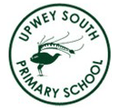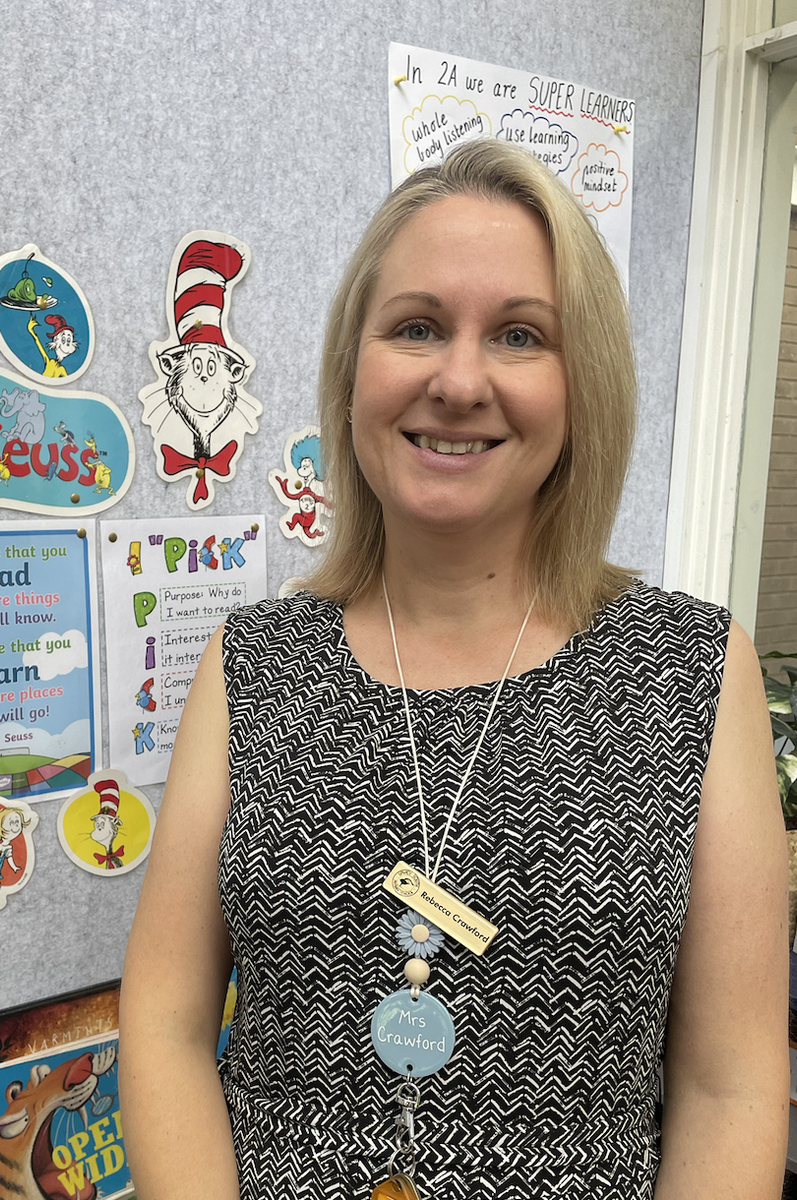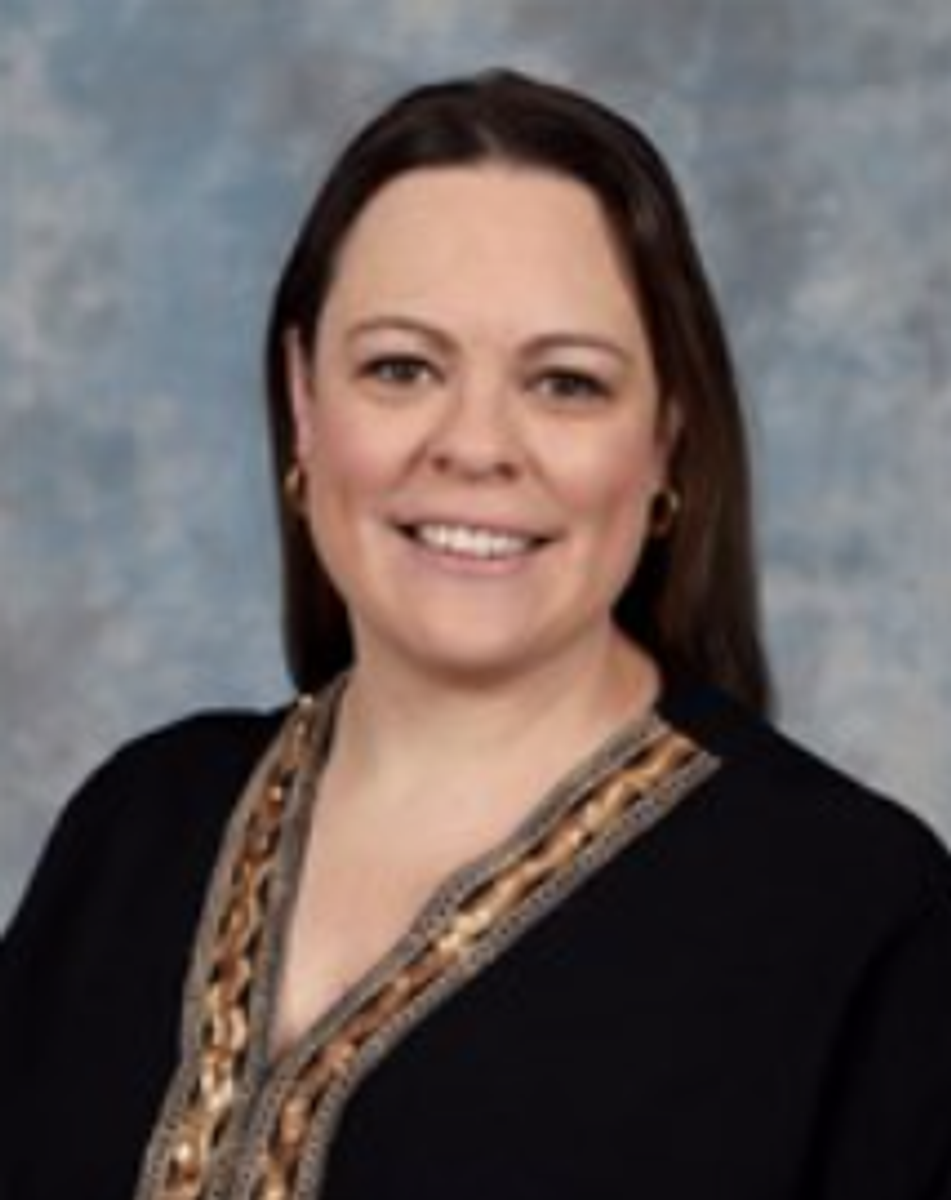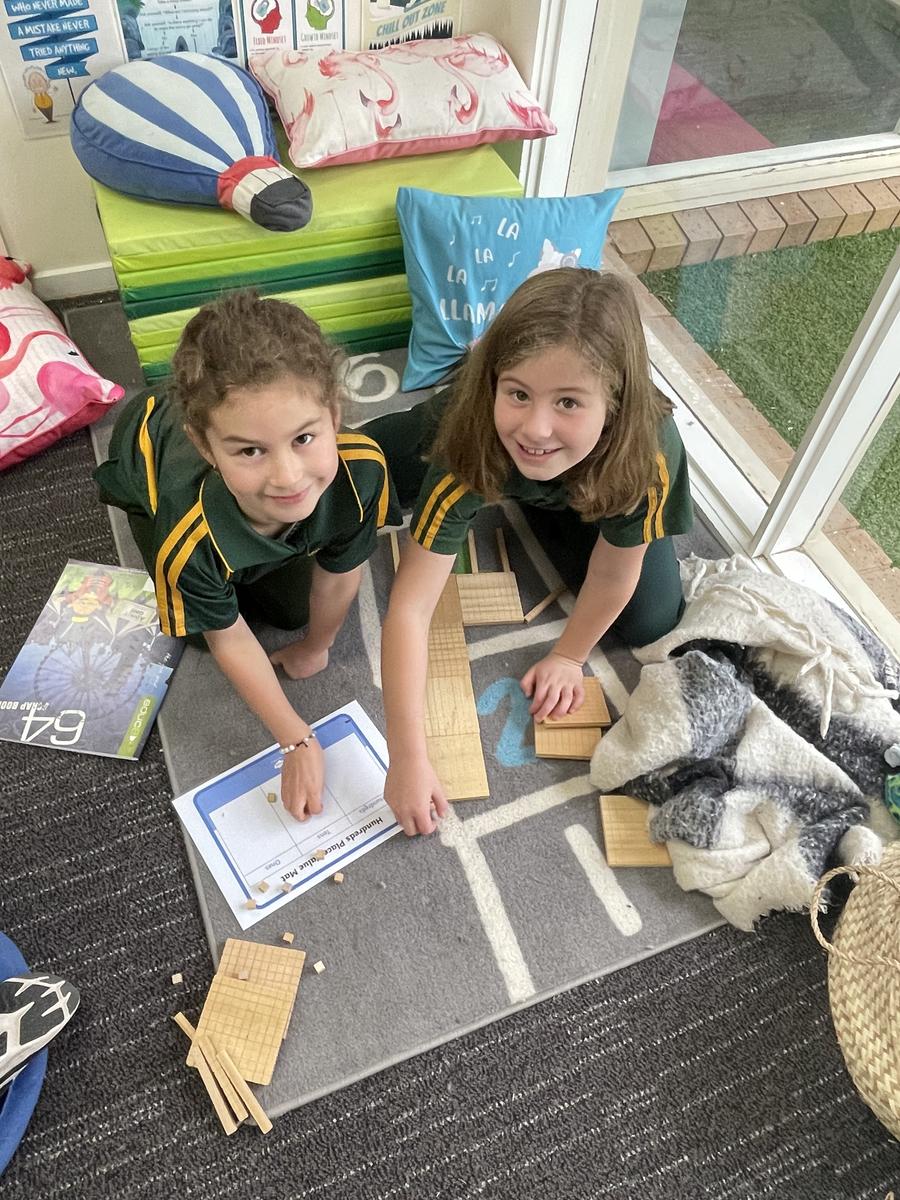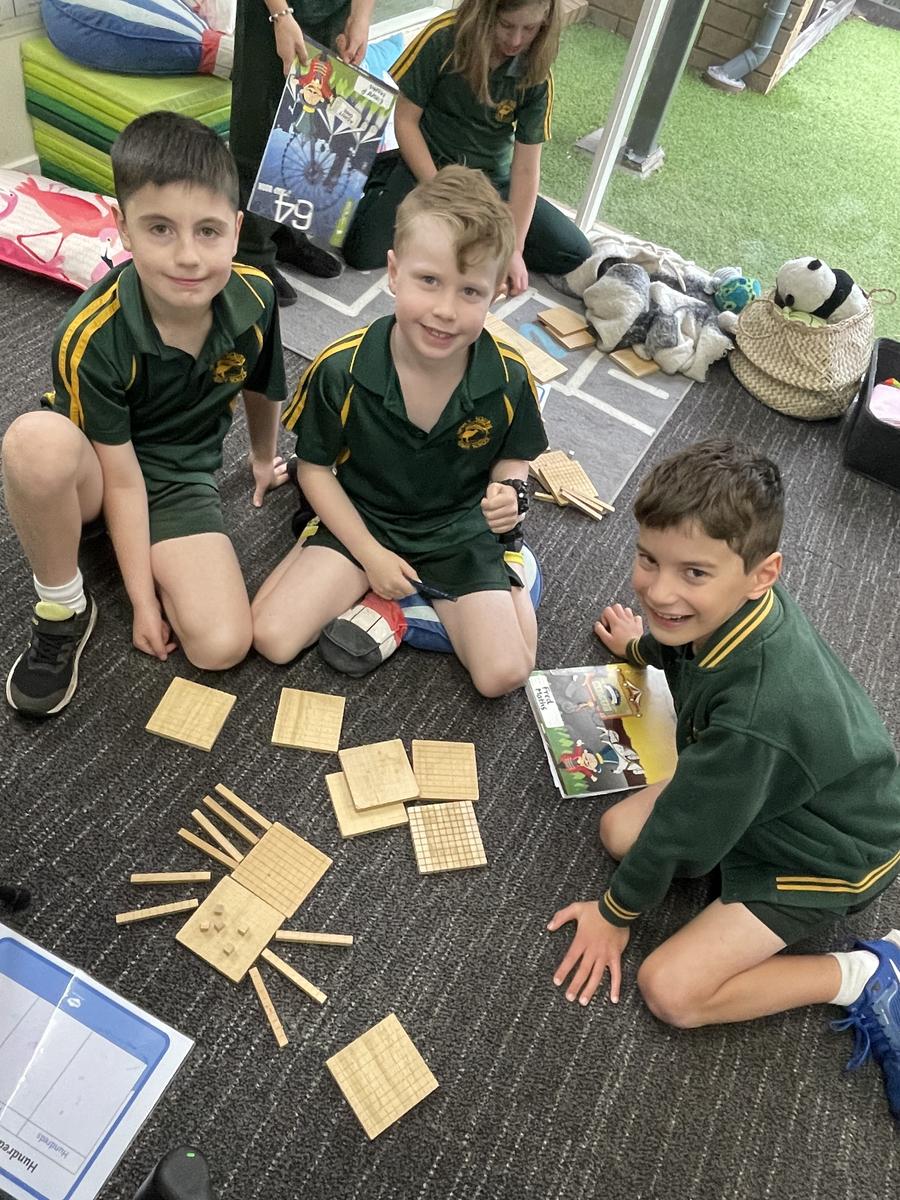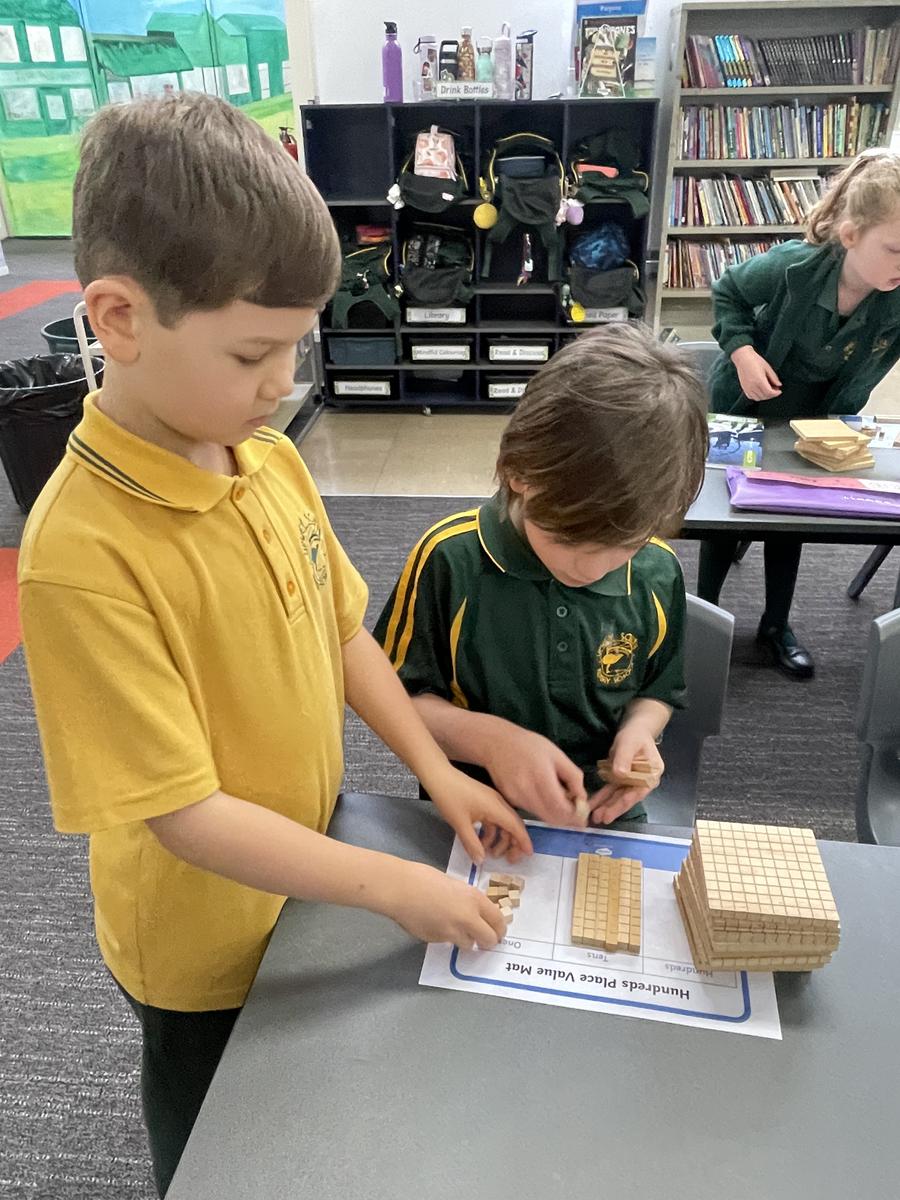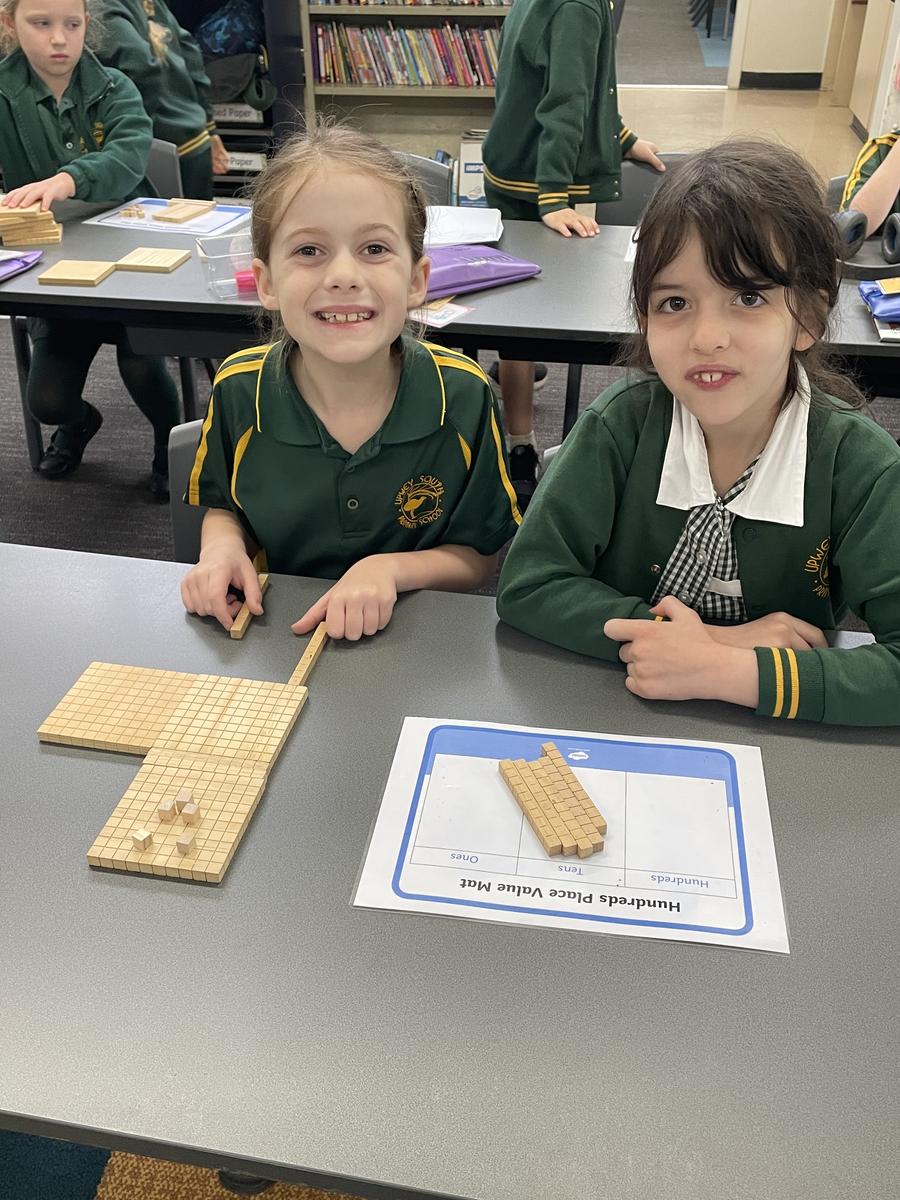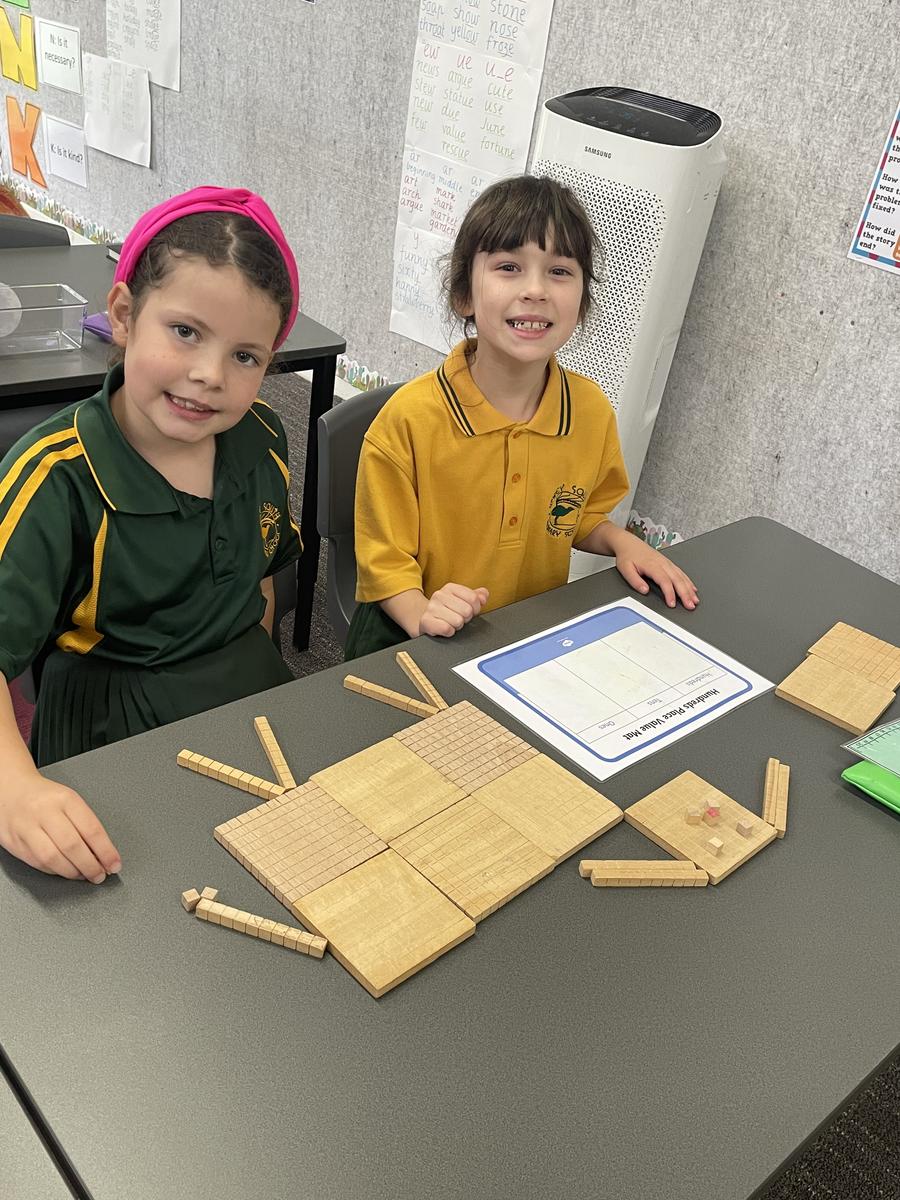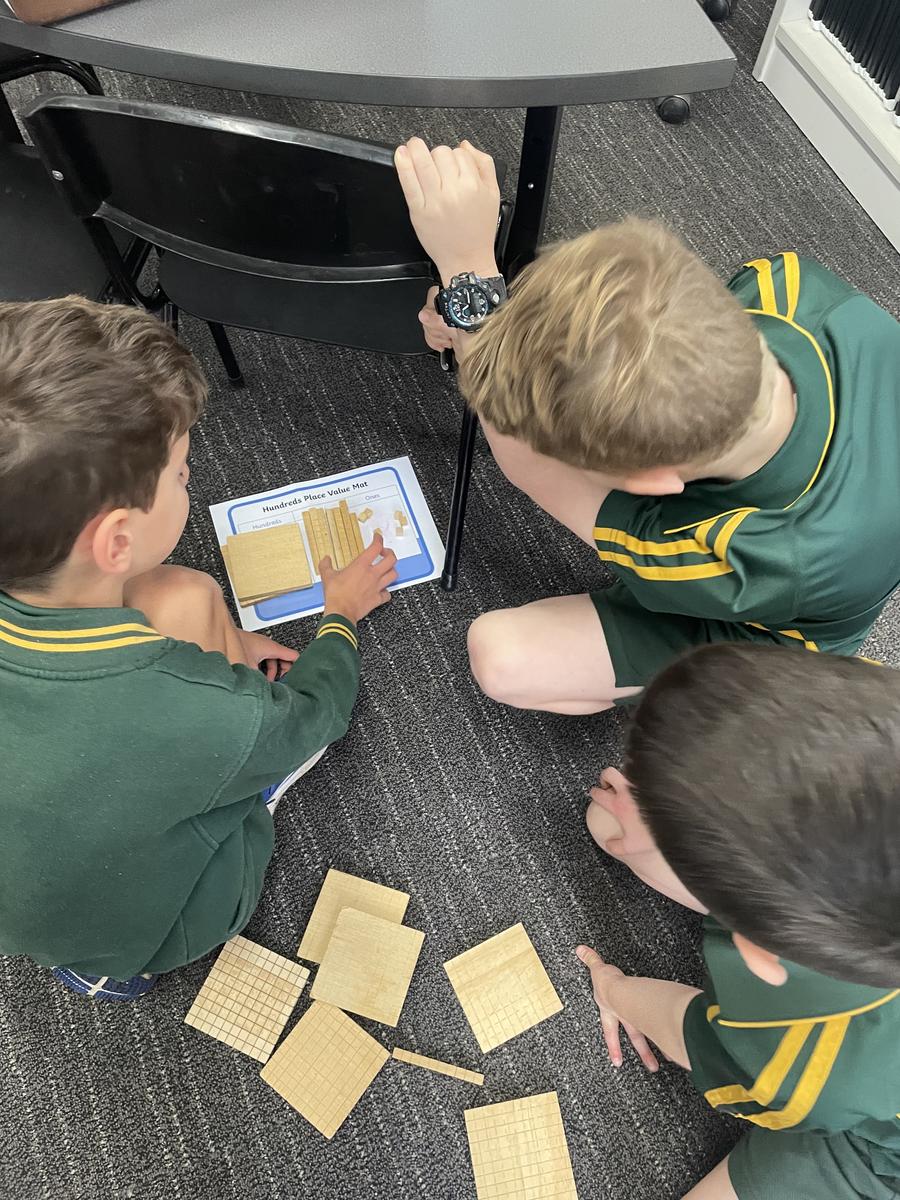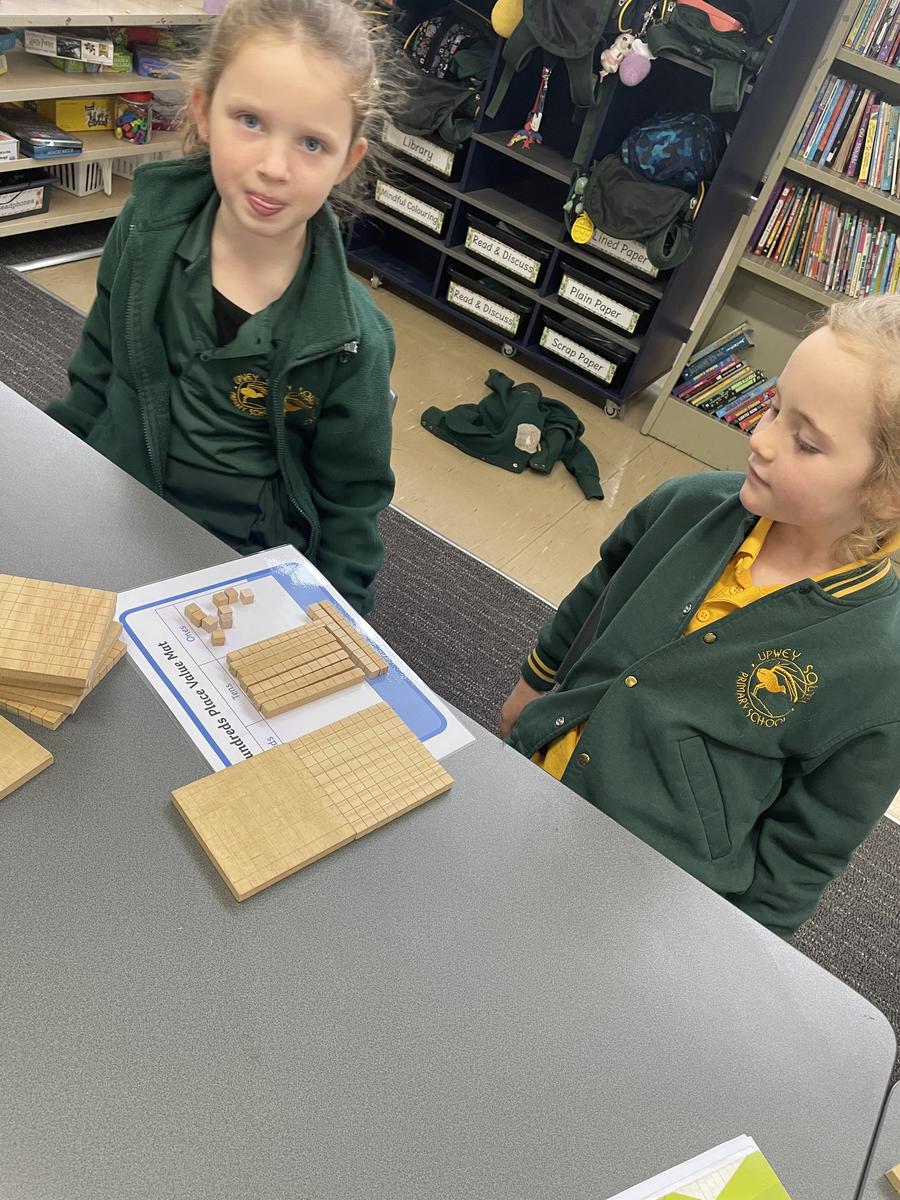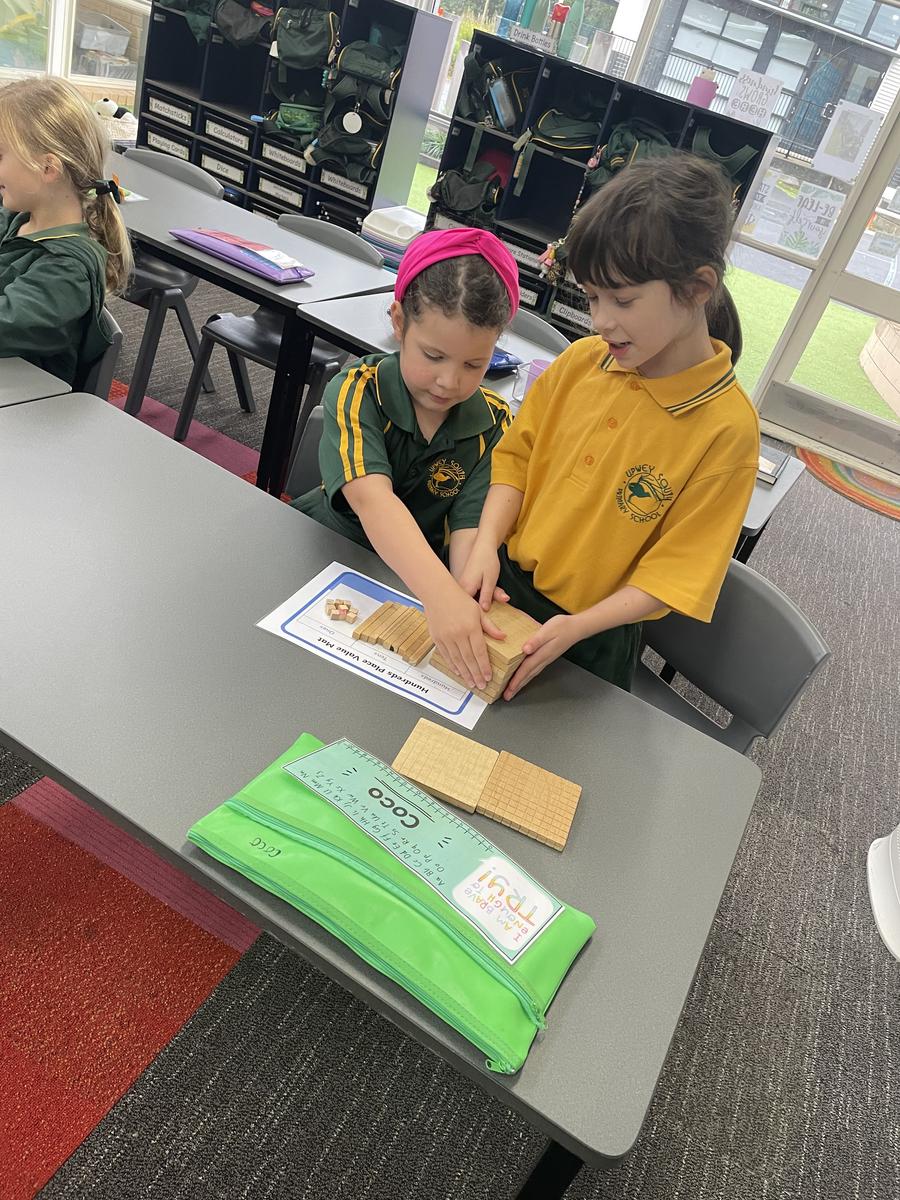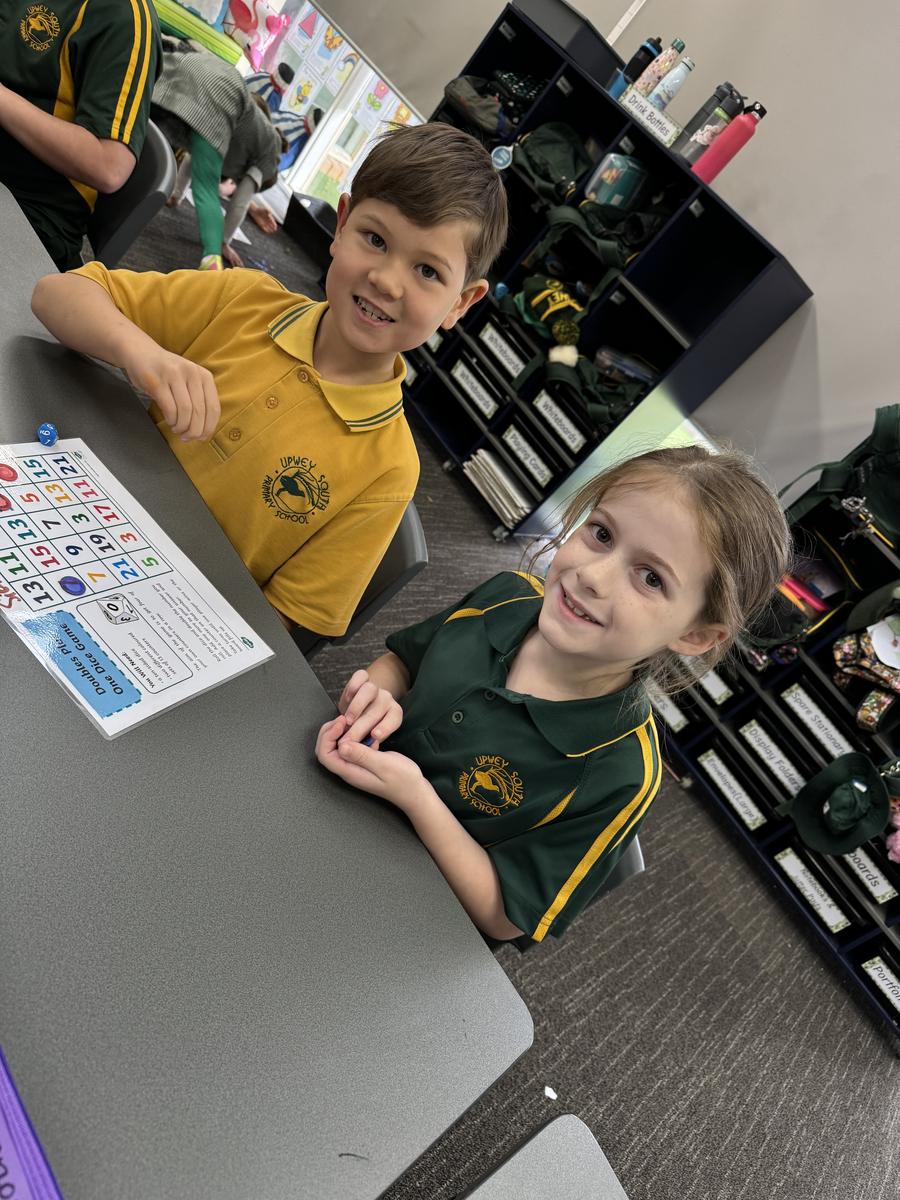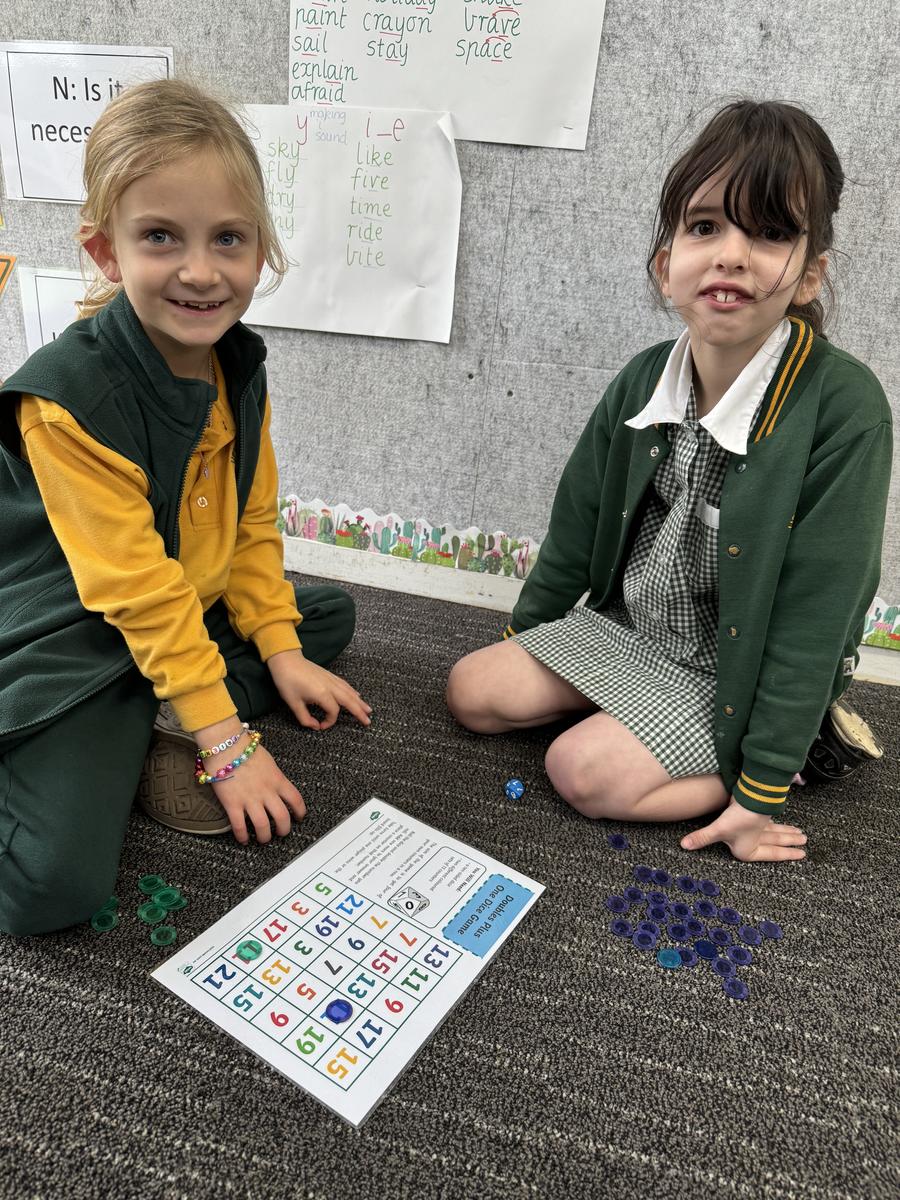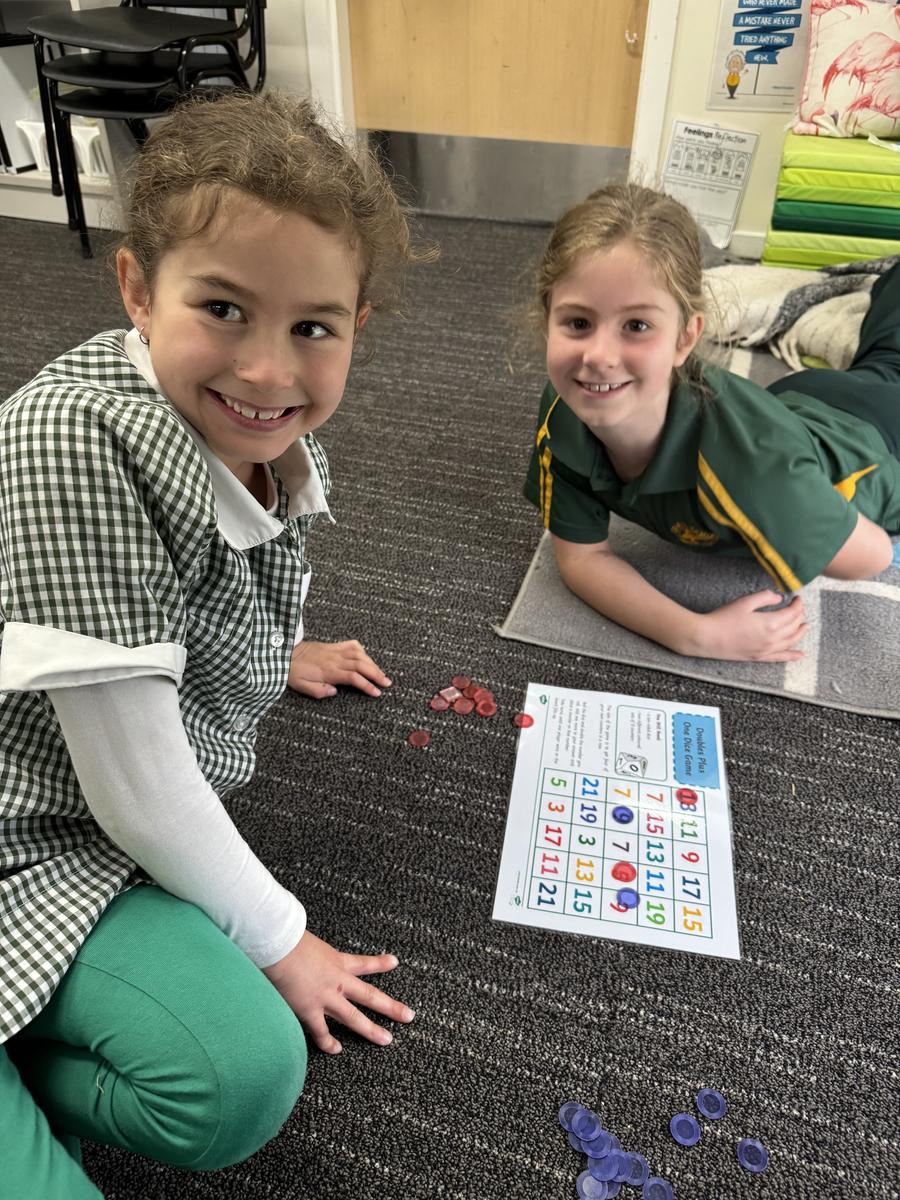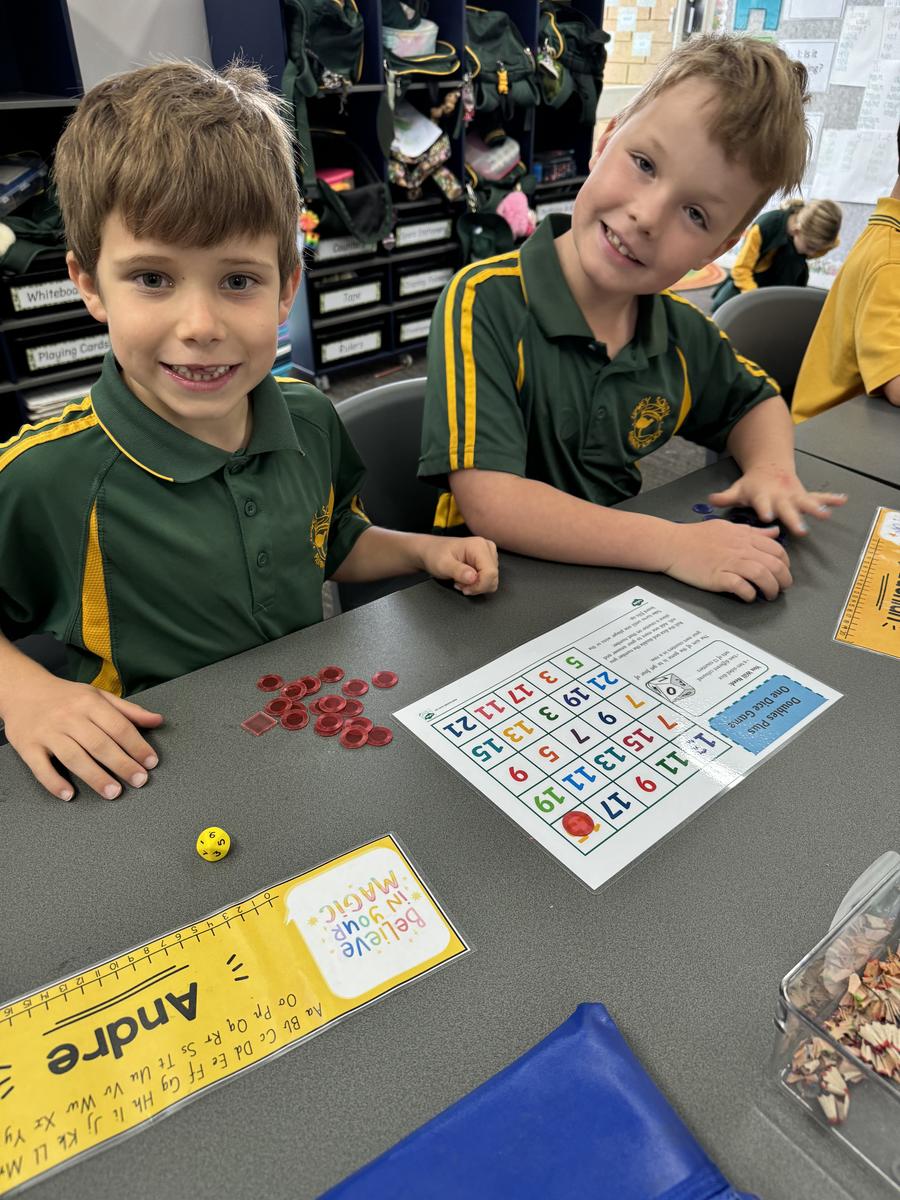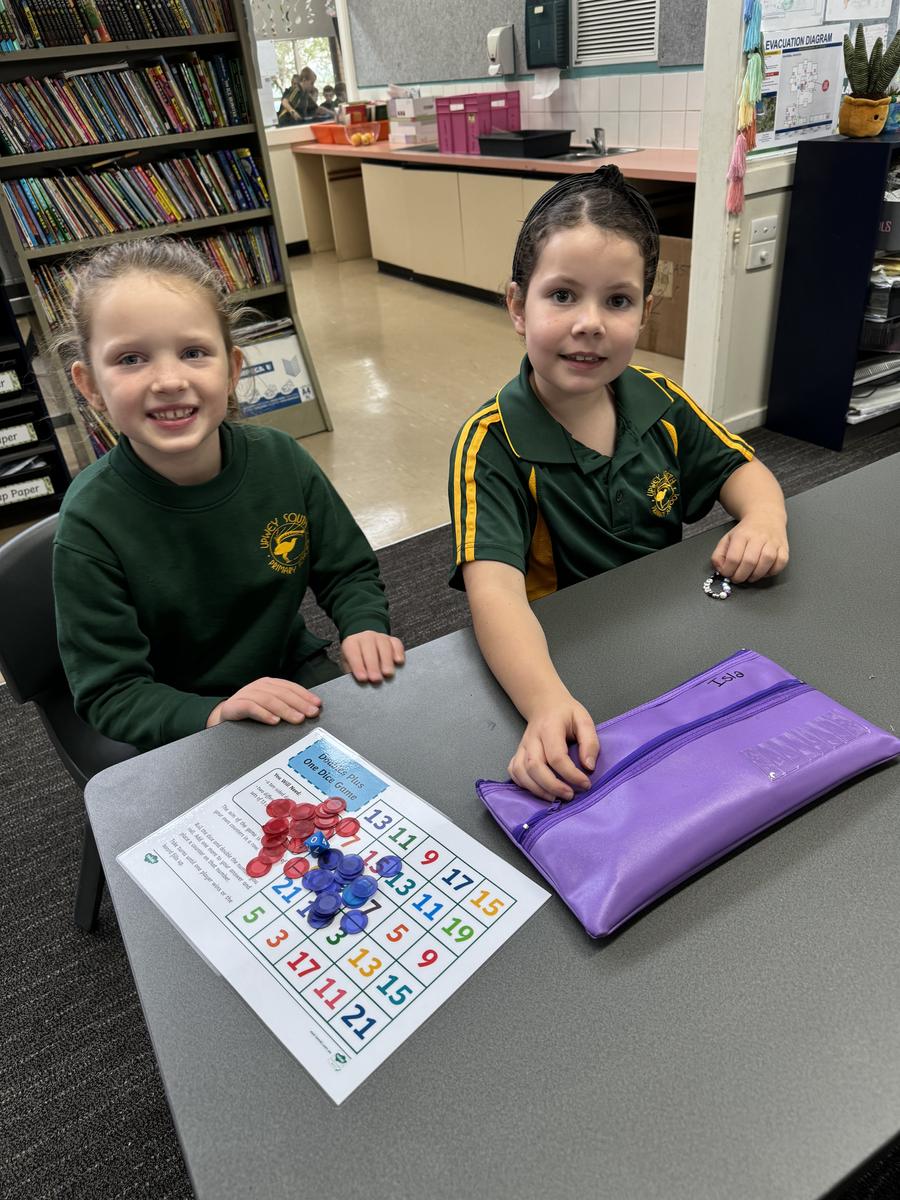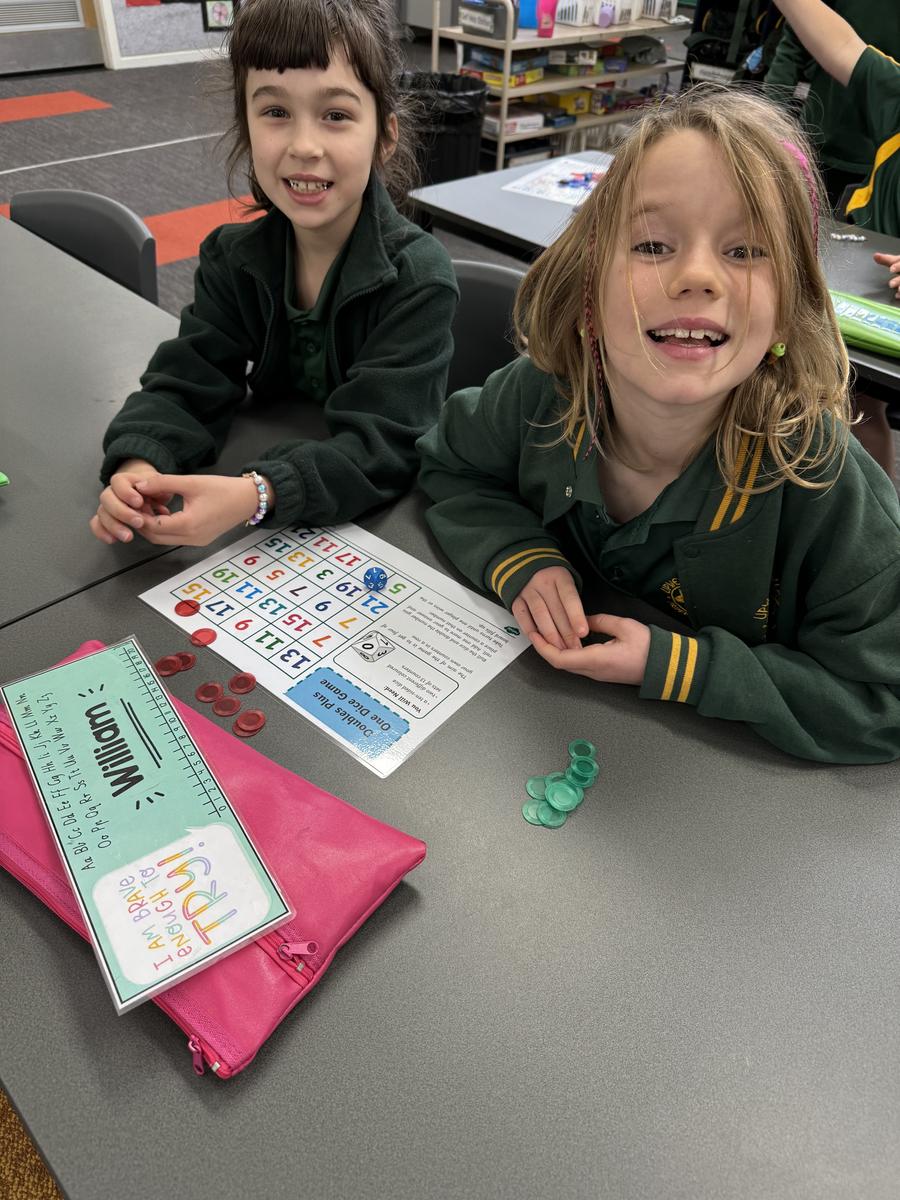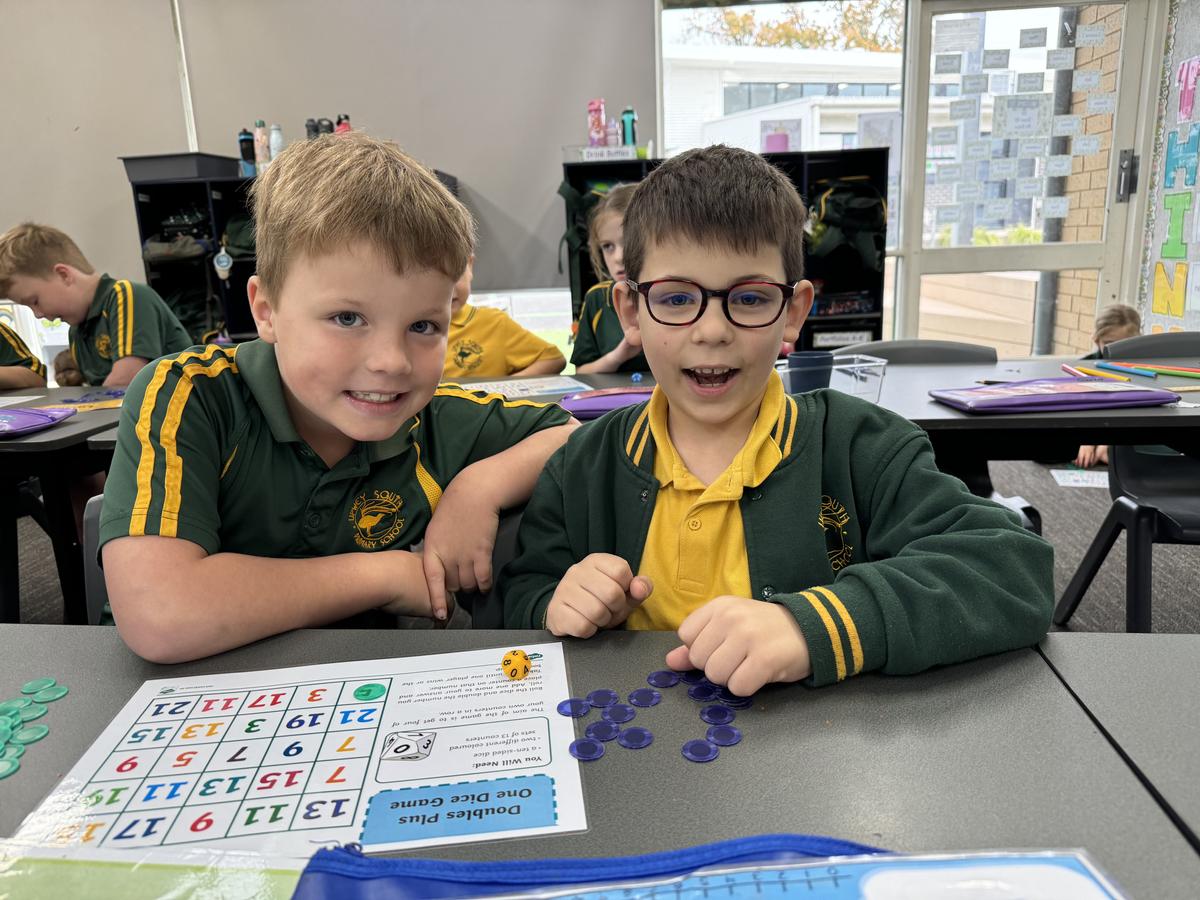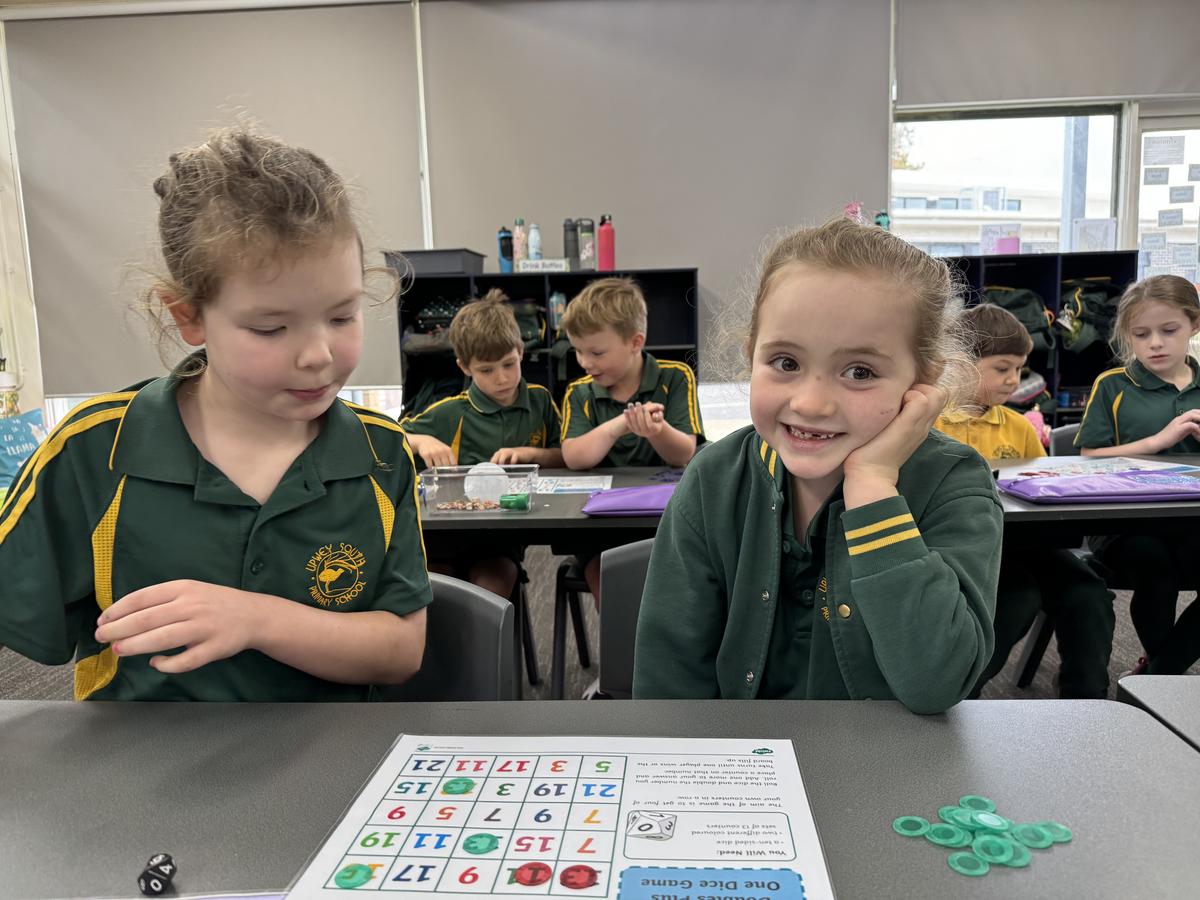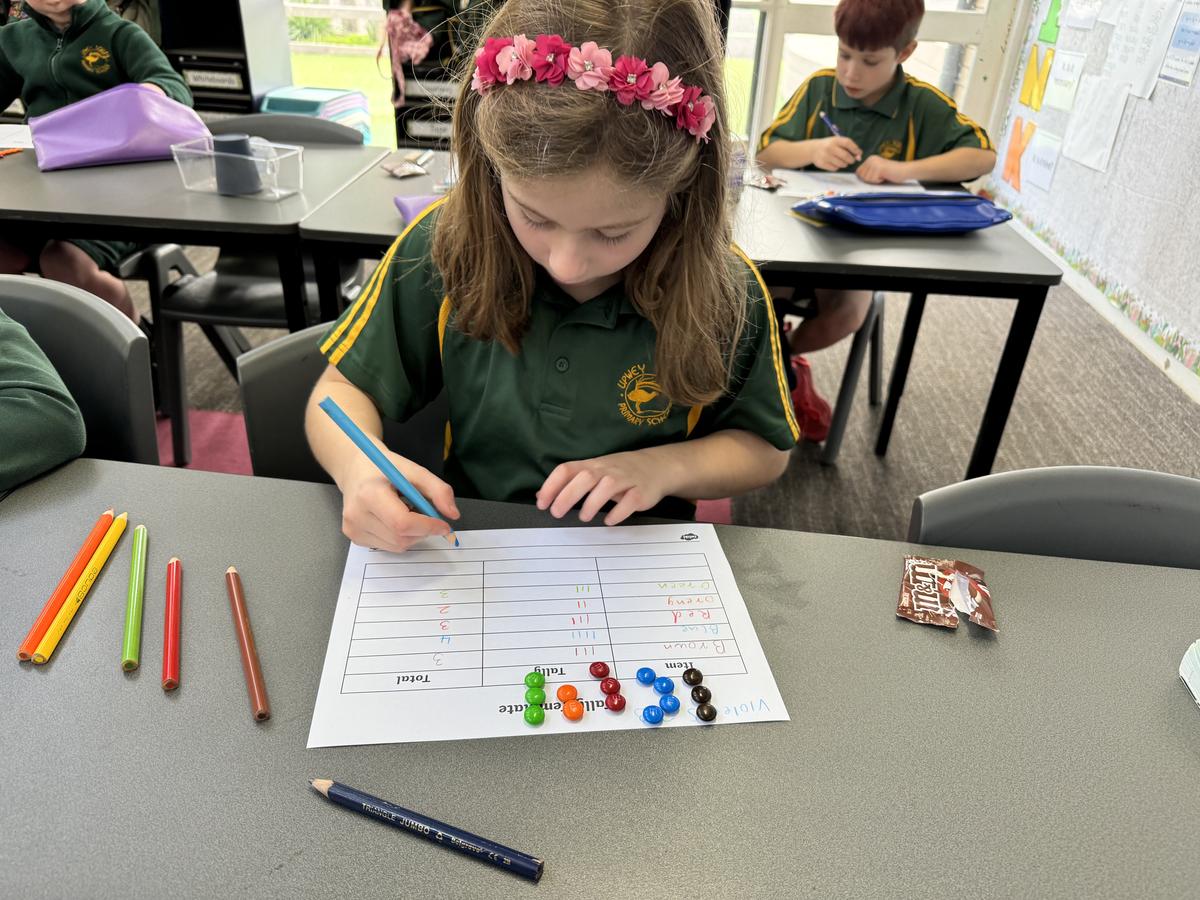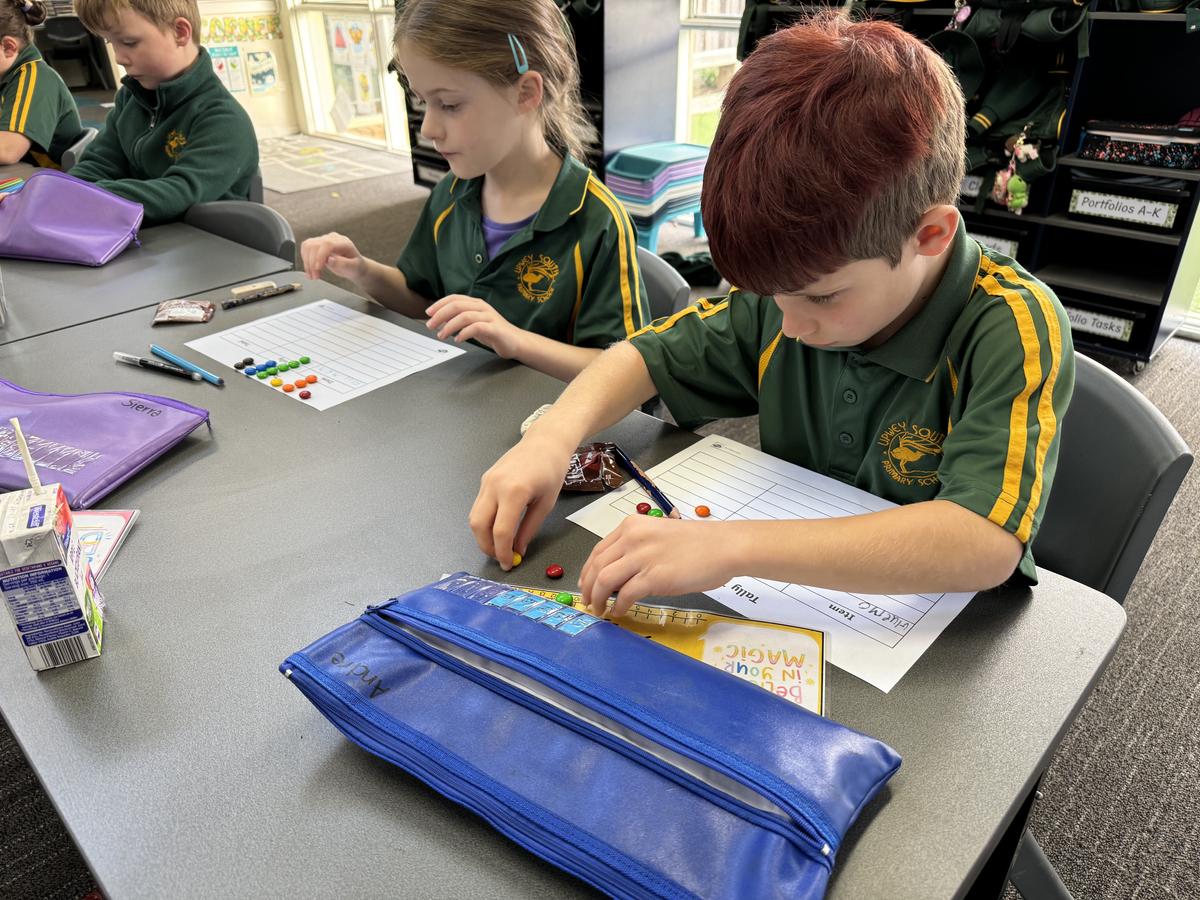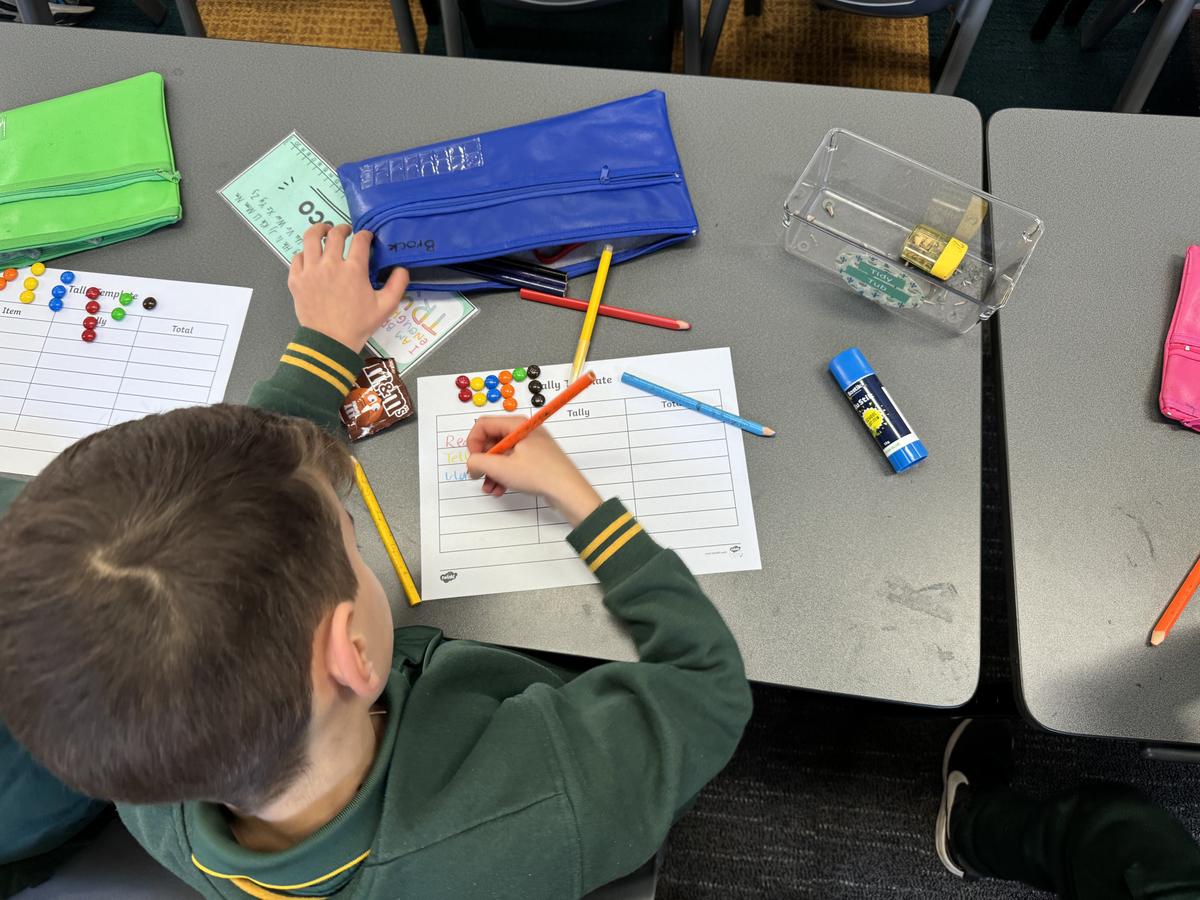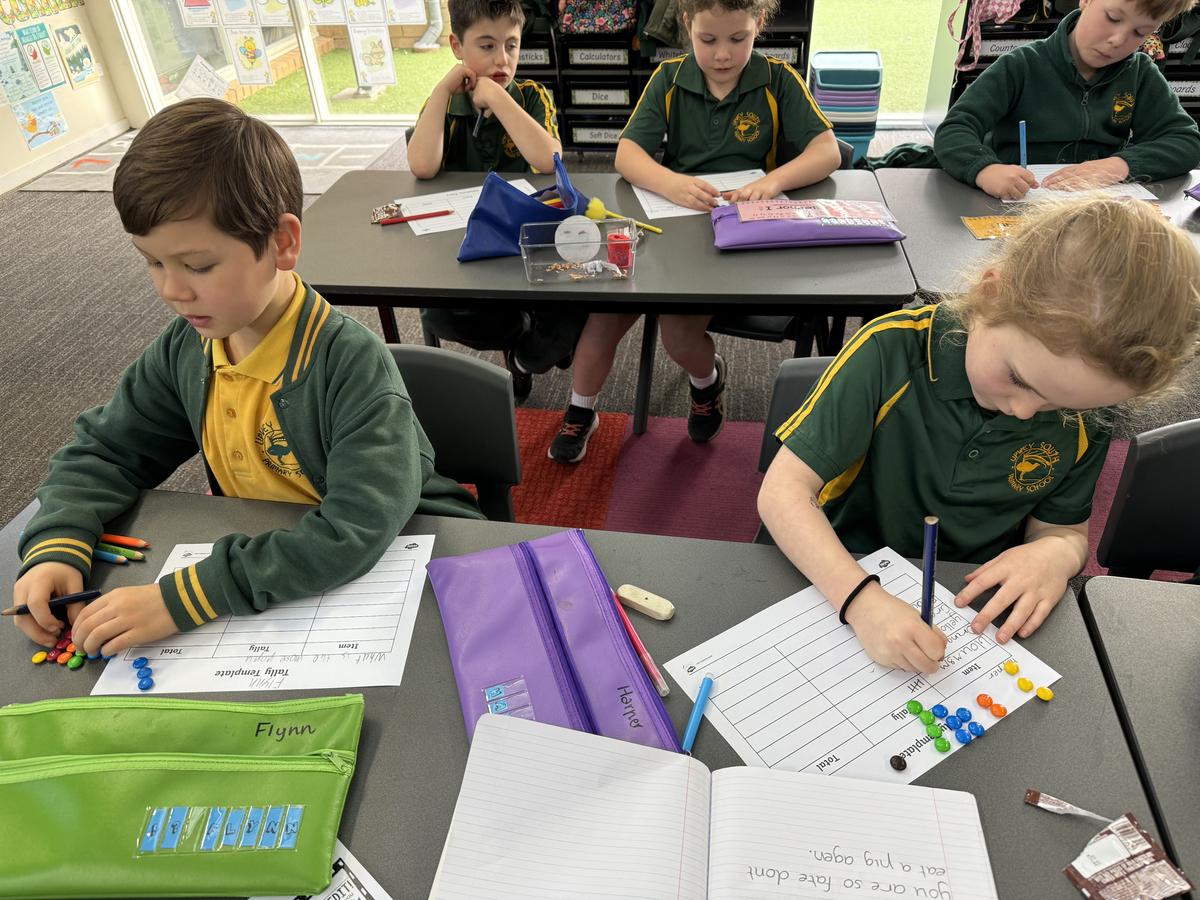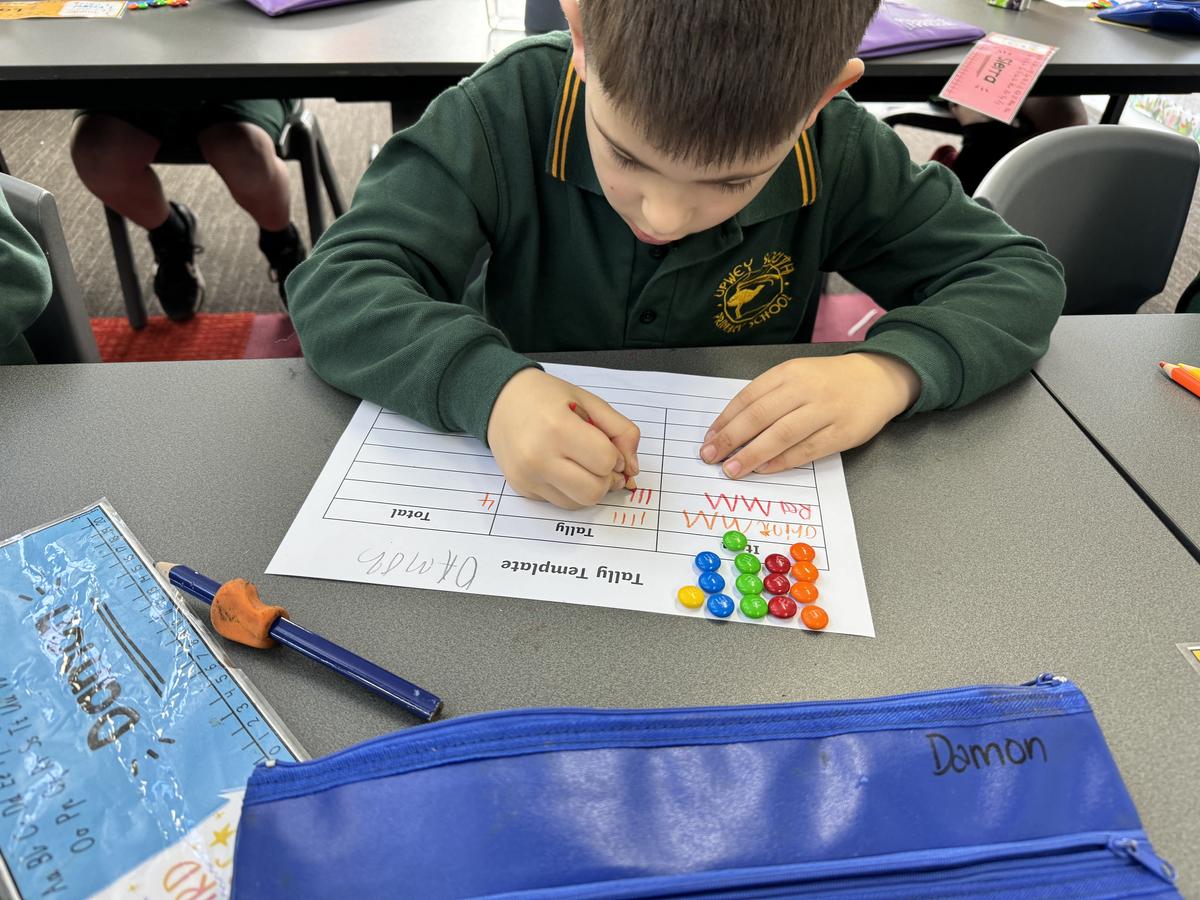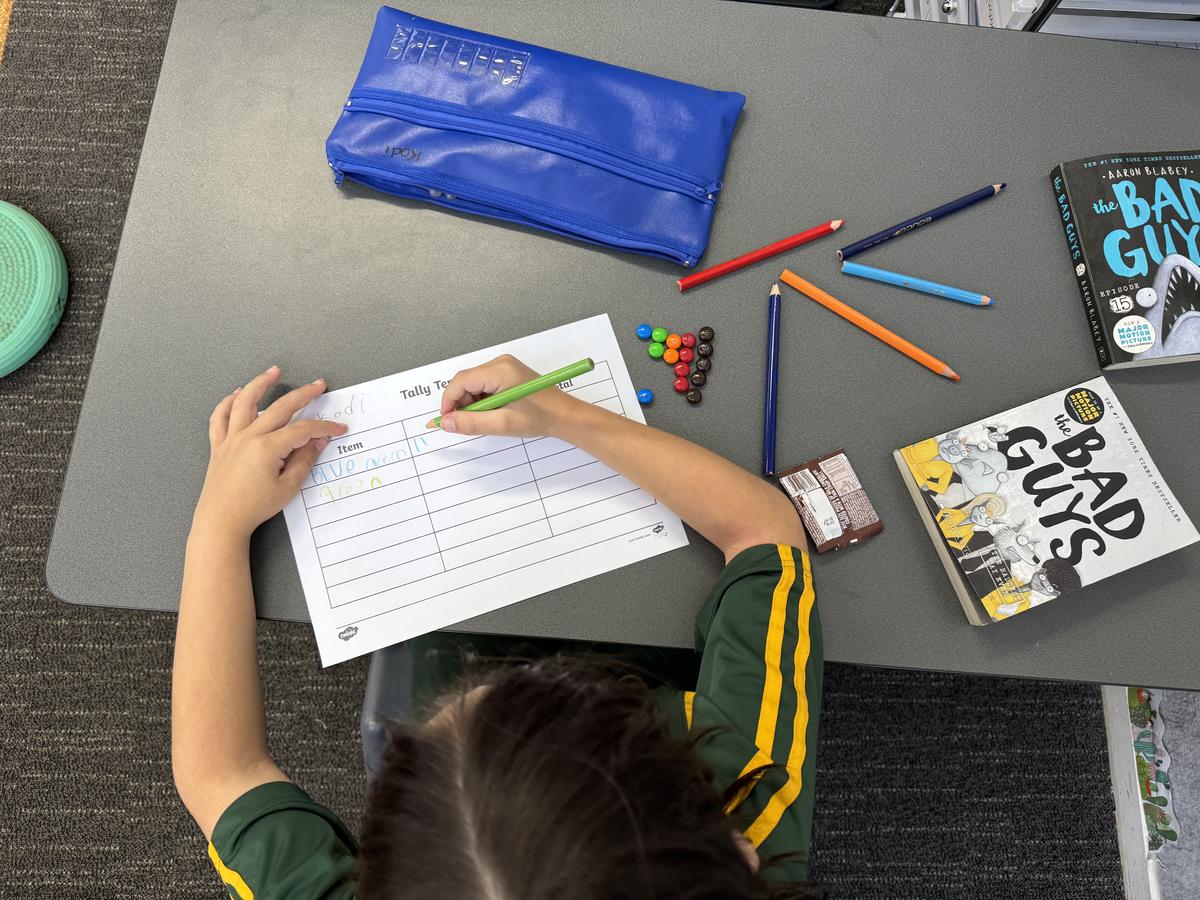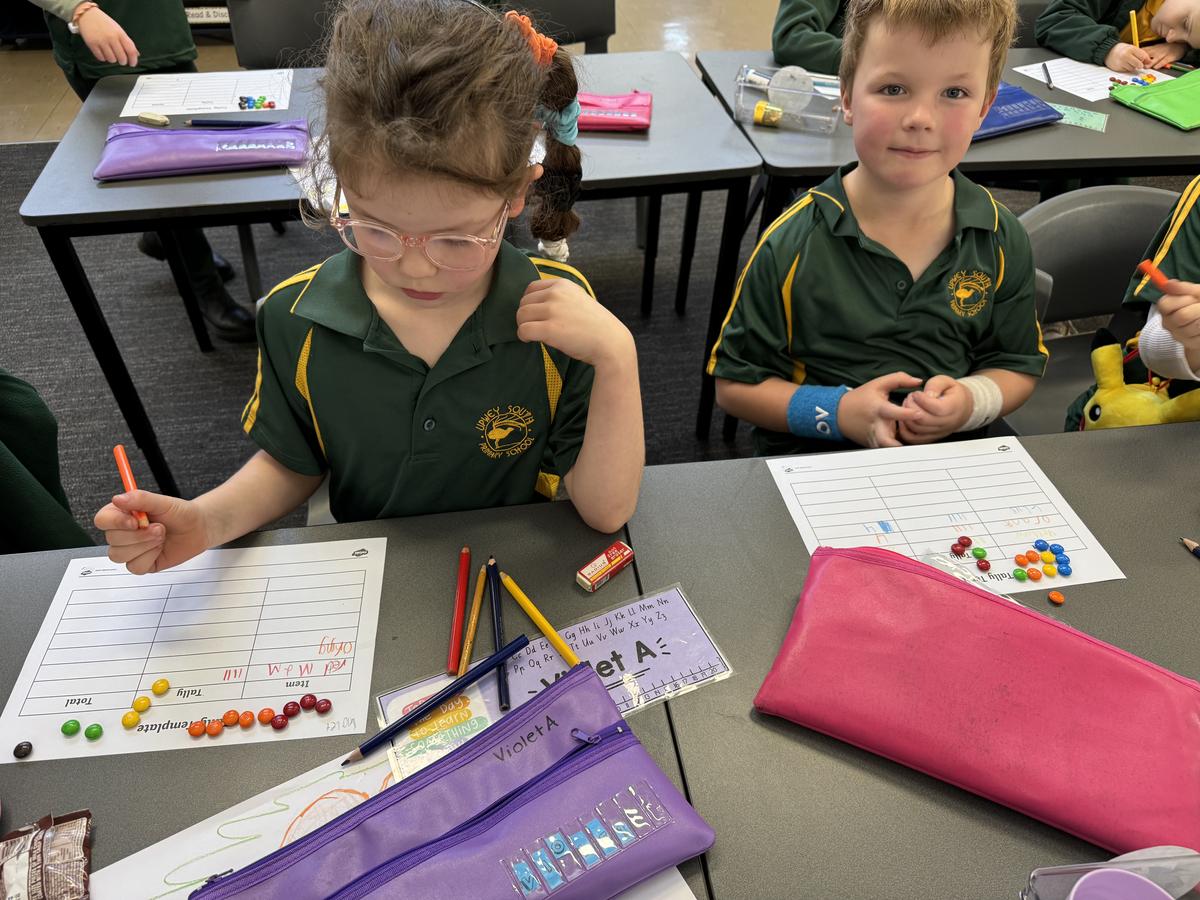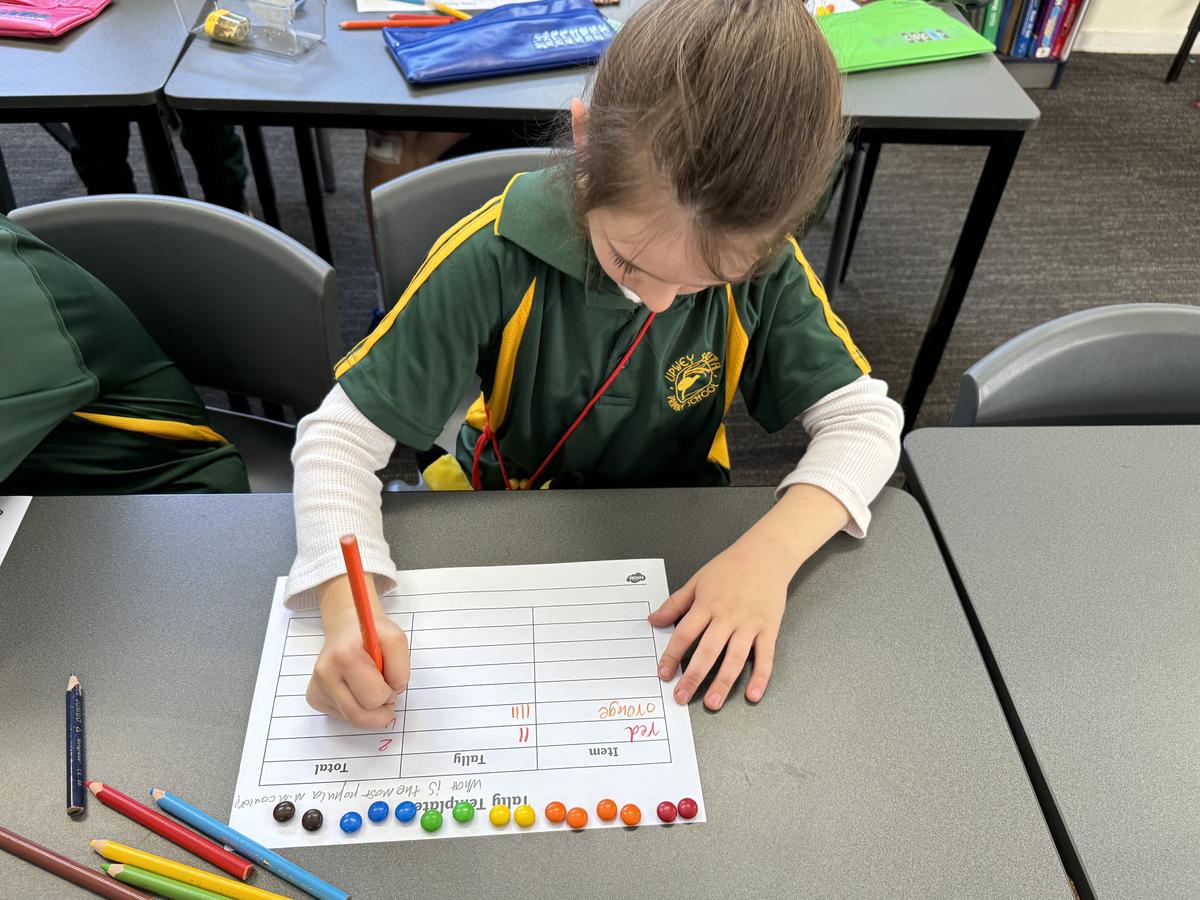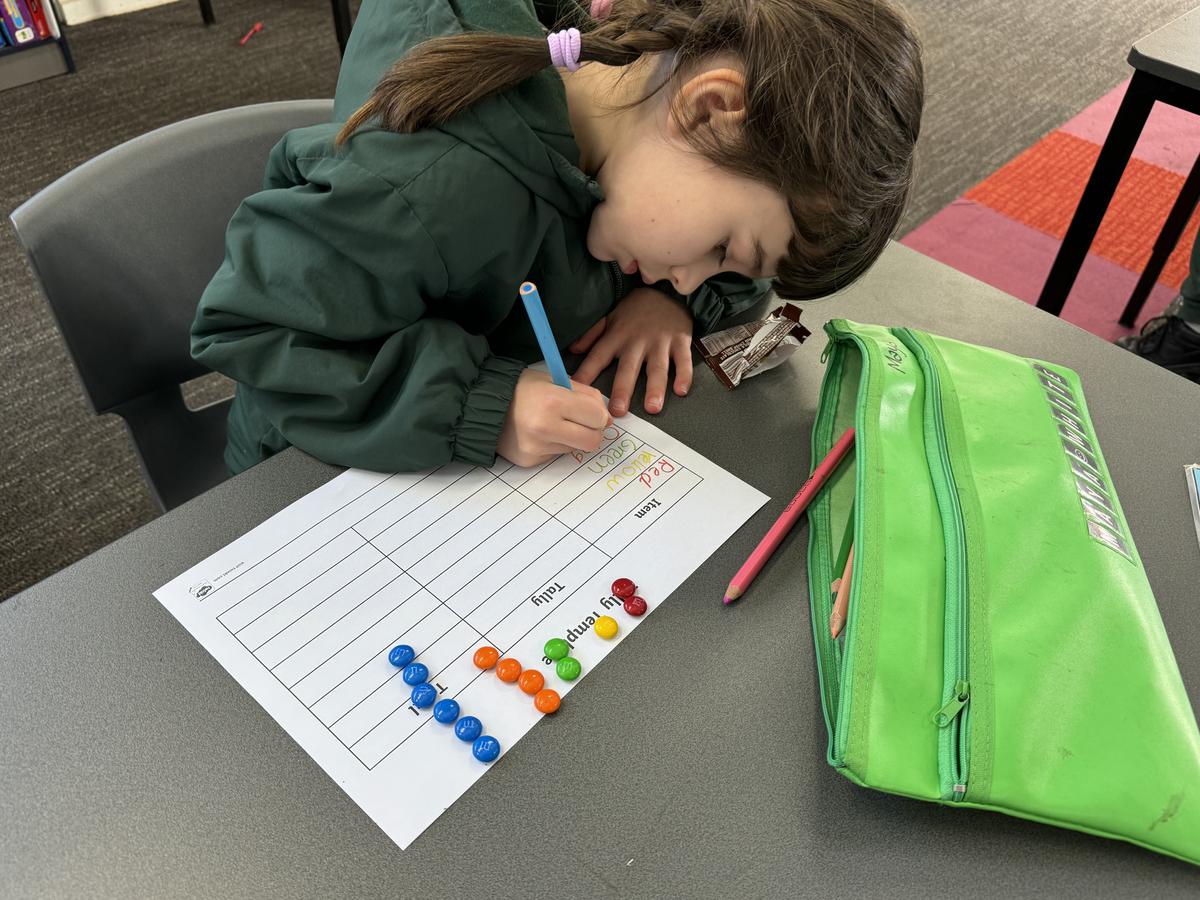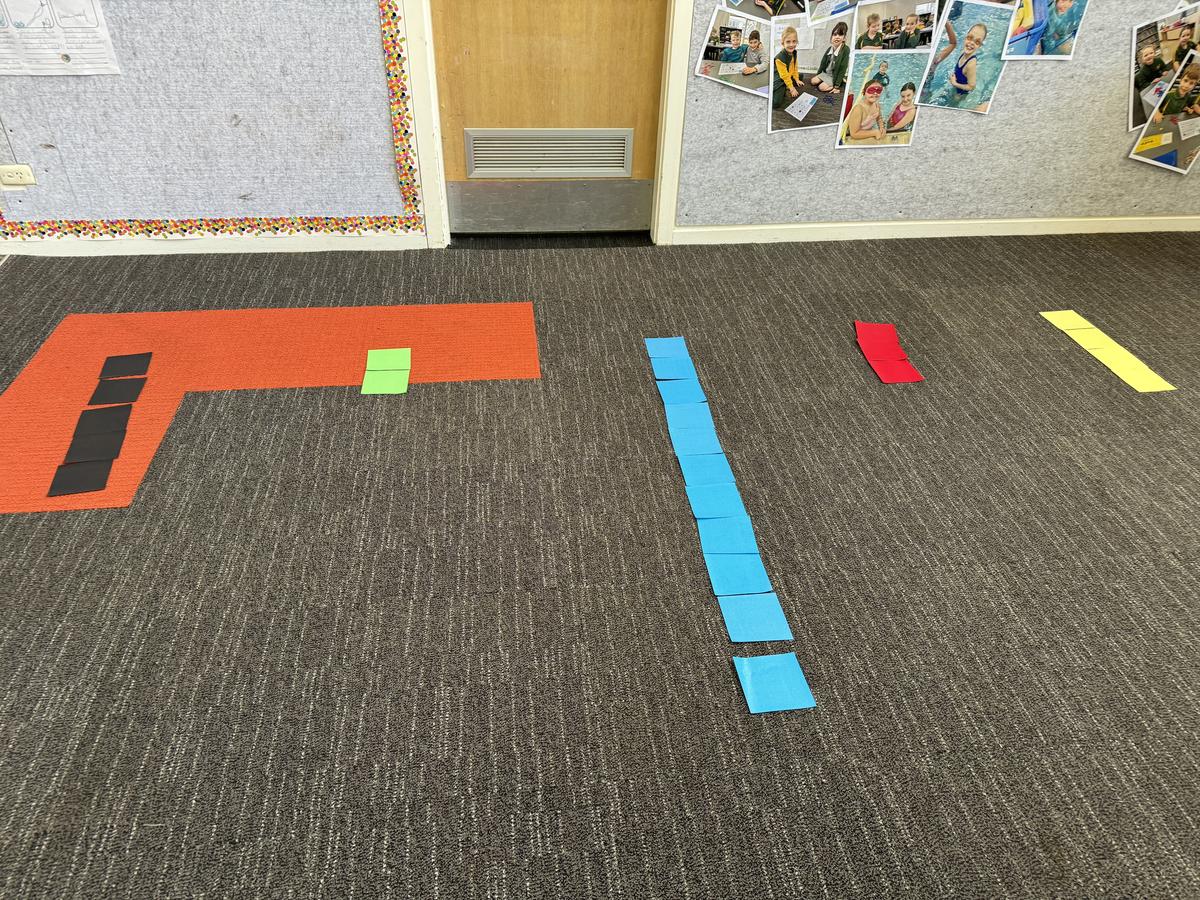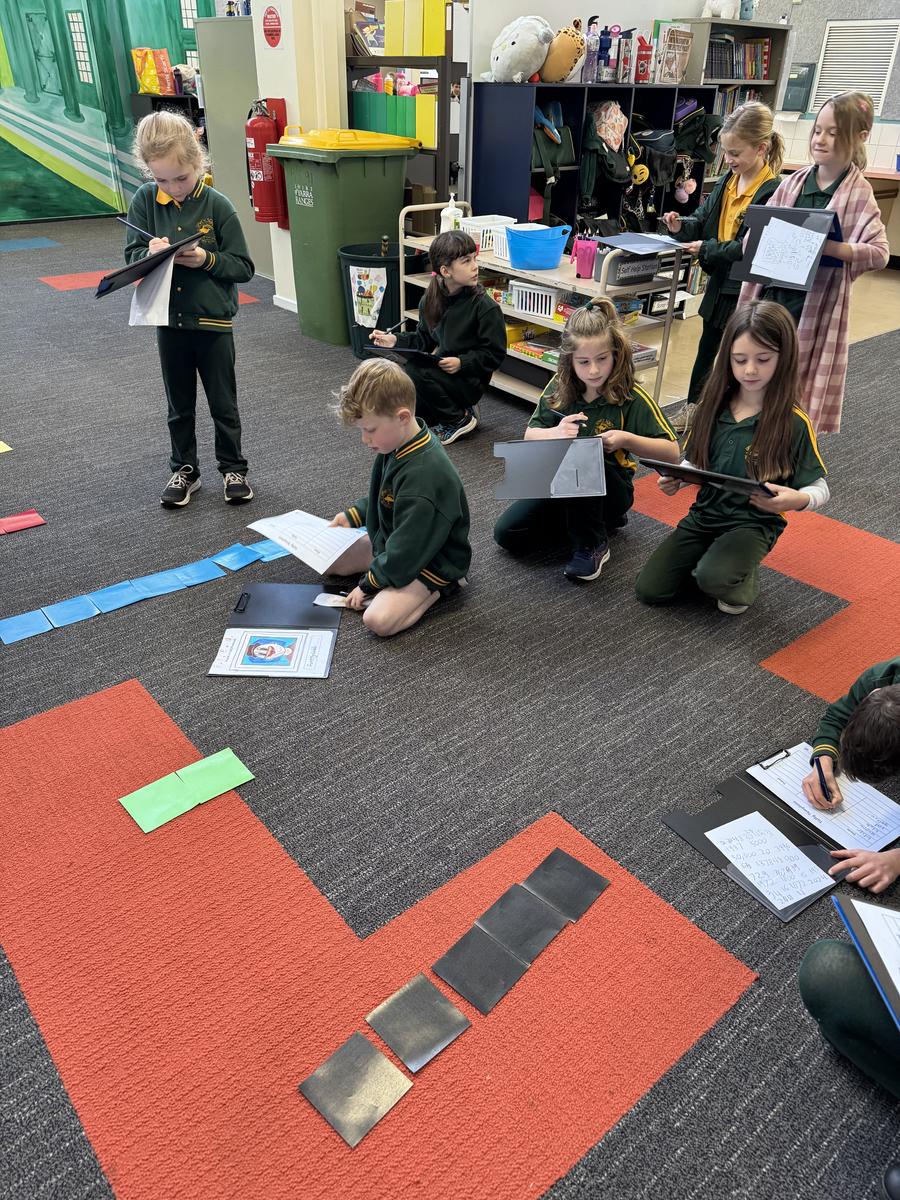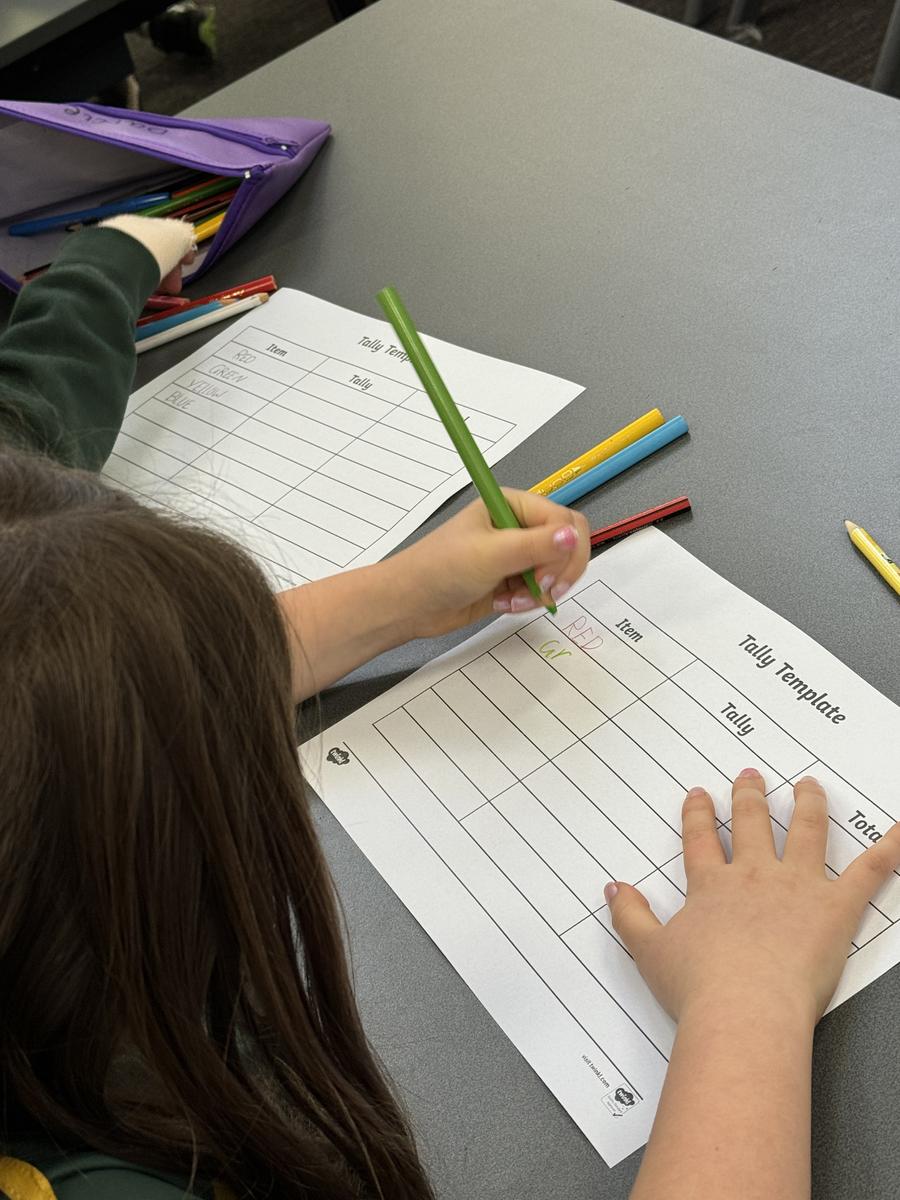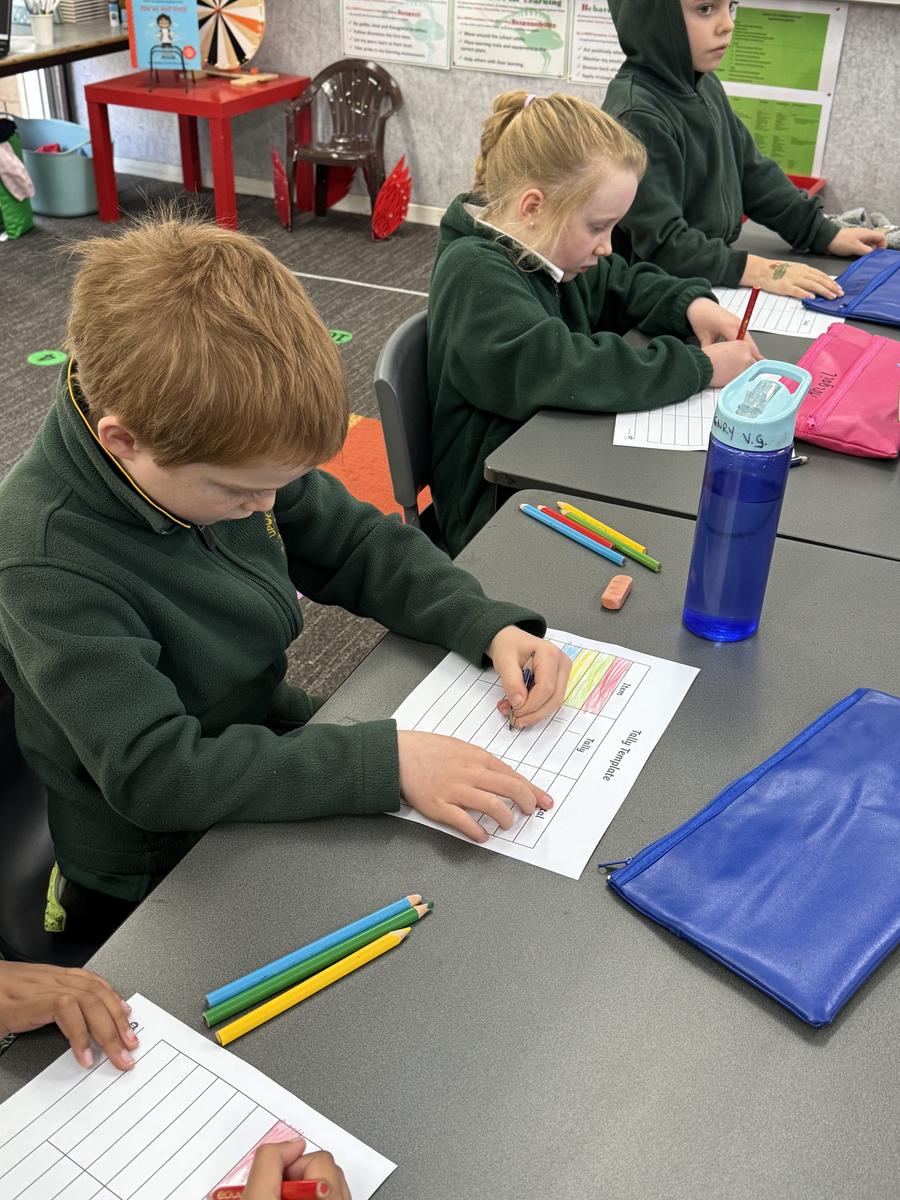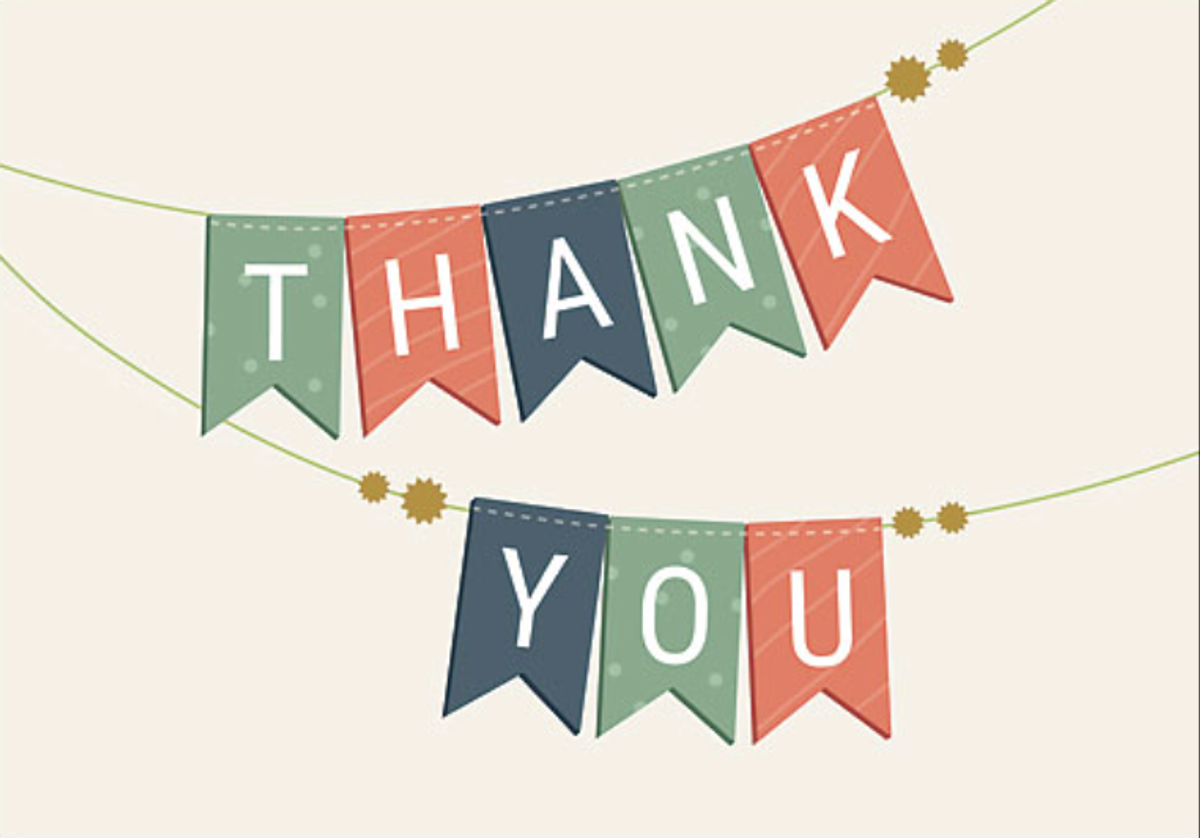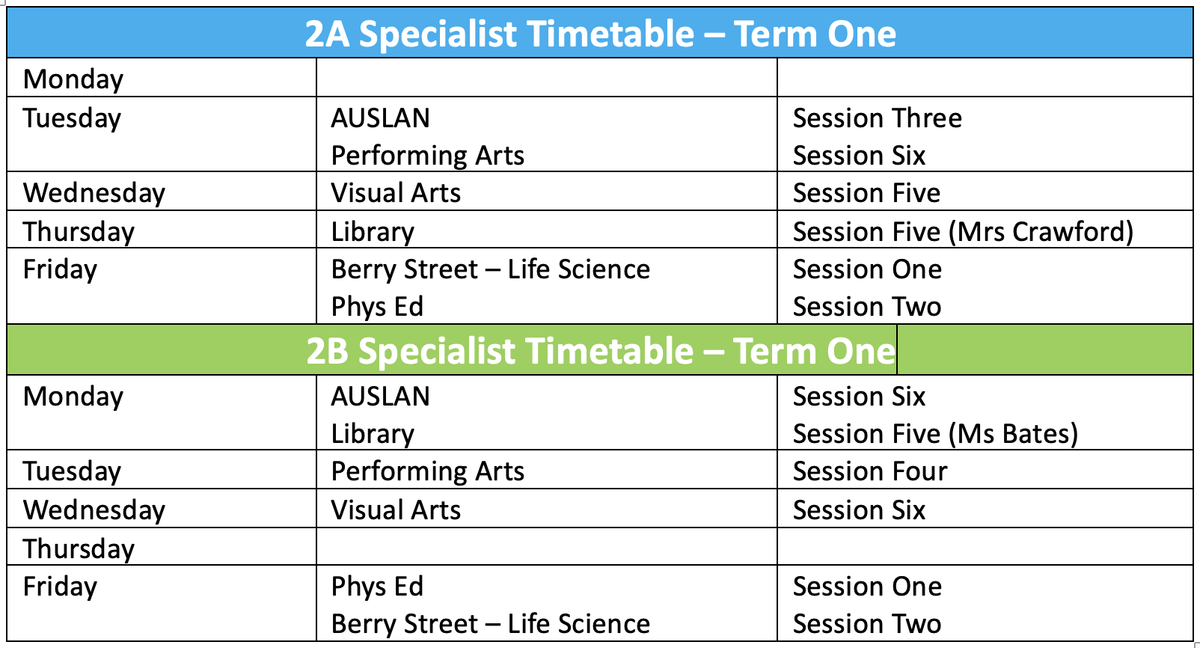Year Two
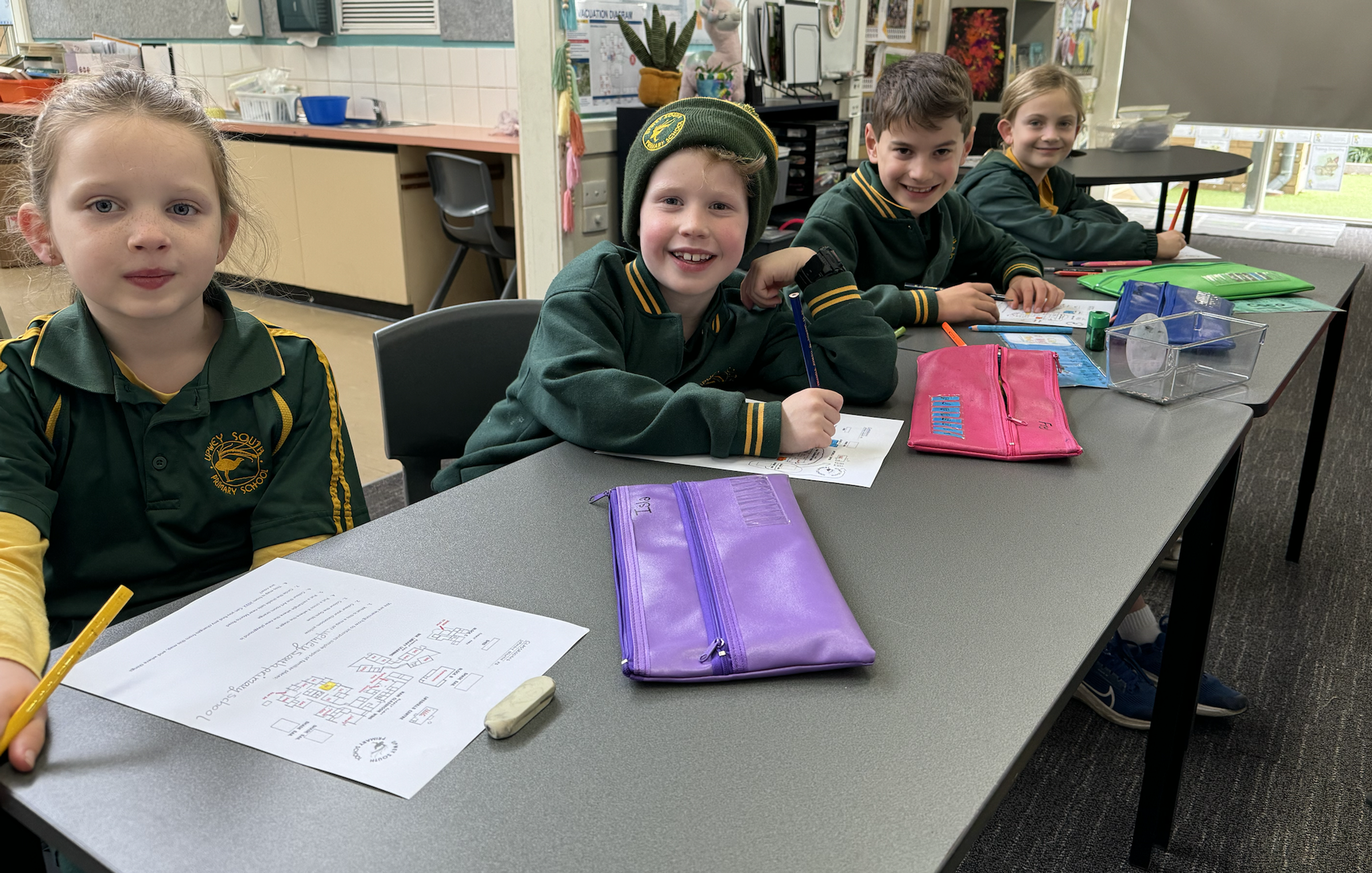
Communicating with the Year Two Team:
Rebecca Crawford (Class 2A) Rebecca.Crawford@education.vic.gov.au
Zoe Bates (Class 2B) Zoe.Bates@education.vic.gov.au
Mathematics:
Being numerate is a lot like a language. One’s ability to manipulate numerals is increased when they are able to understand the value of each placeholder within a number. Using place value forms the basis for all Maths concepts, whether it be using the four operations or measuring length. Being able to understand numbers and what each numeral in a large number means equates to success when using numbers in every day life.
Place Value:
Our Year Two students focused on reading, writing and modelling three digit numbers, along with some four digit numbers. They used concrete materials such as unfix blocks and MAB to make, identify and rename each placeholder of a three digit number. There was a focus on on expressing three digit numbers in both numerals and words.
Addition/ Subtraction
After working with numerals and gaining a confident understanding of each digits value, students stretched their knowledge and looked at addition and subtraction strategies. In particular, the 'part, part whole' strategy where they recognised placing two parts together increases the total value within a whole. Similarly, they observed this in reverse when working on subtraction. The whole was identified, and students looked at how it could be split into two parts (both equal or unequal).
Money
Students revisited the topic of money by exploring coins and notes. They built upon their knowledge of recognising the difference between dollars and cents and linked it to the physical features of each currency denomination in the Australian dollar. Our learning opportunities included a mock shopping trip where students were given products to add up the total value, they could then swap items and compare how the total changed.
Area and Length
In Year Two, students look at the topic of Area (the space taken up inside a shape) and length (how long an object is) by using informal units of measurement. They learn about what informal units means and how they all need to be uniform (the same size and shape) so they can be used to determine area or length. Our Year Twos demonstrated their learning when constructing an area robot and counting the amount of squares taken up on their grid paper.
Data
Data is always a fun one! We began the unit by brainstorming our prior knowledge about data, why we use it and how it is useful in our everyday life. Students then became familiar with the process of creating a graph.
- Pose a question
- Collect data
- Organise the data
- Graph the data
- Make true statements about the data.
Small packets of M&M’s were used to collect data as each packet contains a differing quantity of colours. Students then posed the question ‘What M&M colour is the most popular?’. Each students organised their M&M’s and collected their own data set using tally marks, along with counting the total amount of their packet. They then turned their data into a bar graph with a title. Finally, they made true statements about what their personal graph was telling them and compared their learning to that of their peers.
Finally, thank you parents and carers for another great term. Without your support, we wouldn't be able to offer our students the rich learning opportunities that we do! We are so proud of how far our little learners have come in the first half of the year and are looking forward to what in store in Term Three!!! Have a wonderful break!
Take Home Readers:
Year Two Take Home Reading Diaries are checked on Monday each week.
Students will be given an opportunity to change their books for the week during this time. If students do not wish to use school books, they can read a text of their choice.
Year Two Specialist Timetable:
